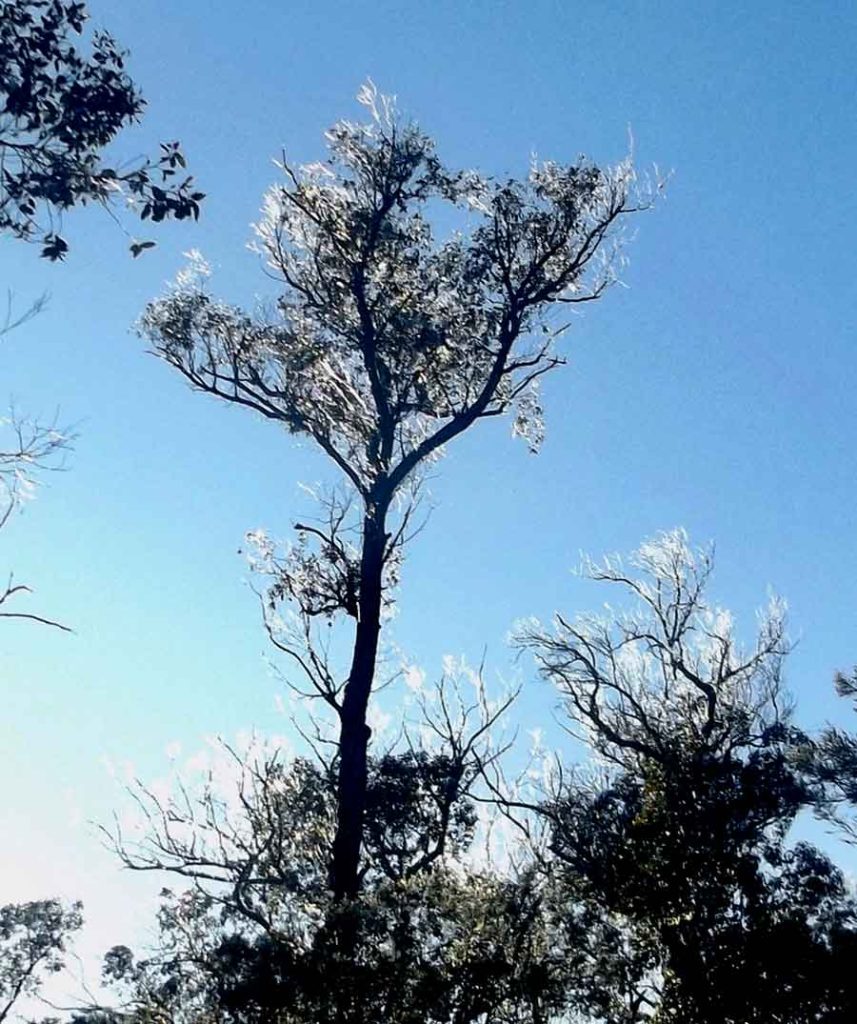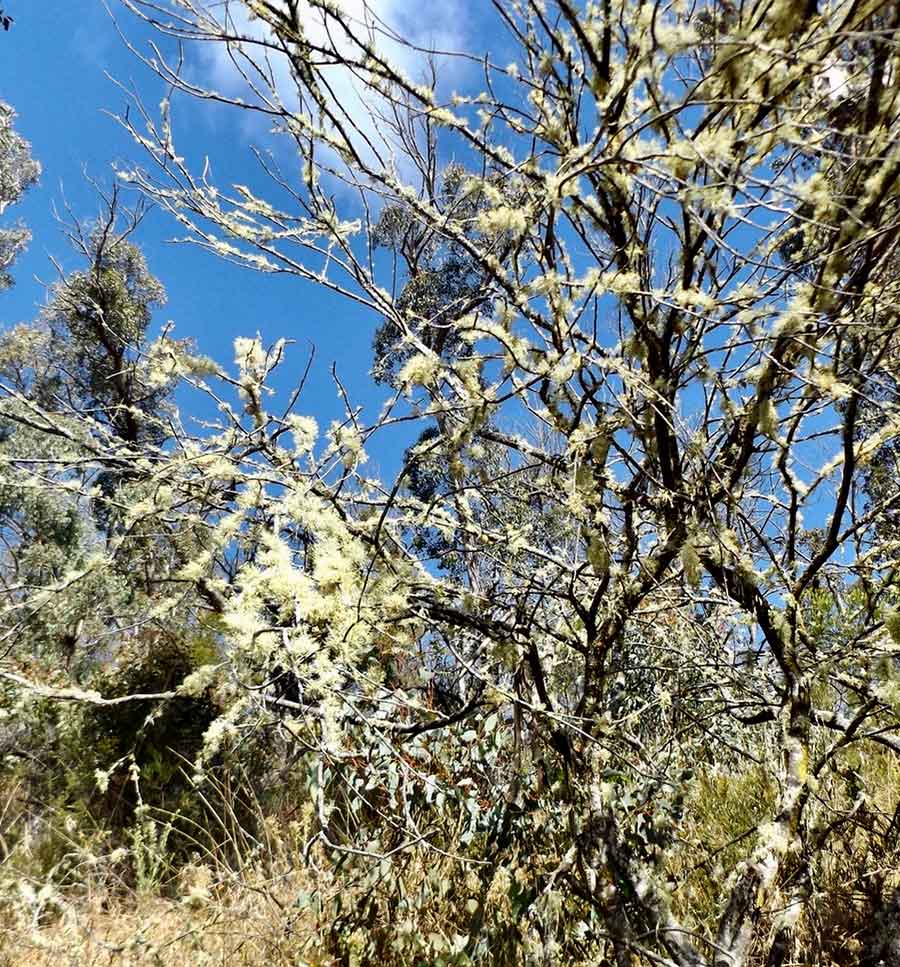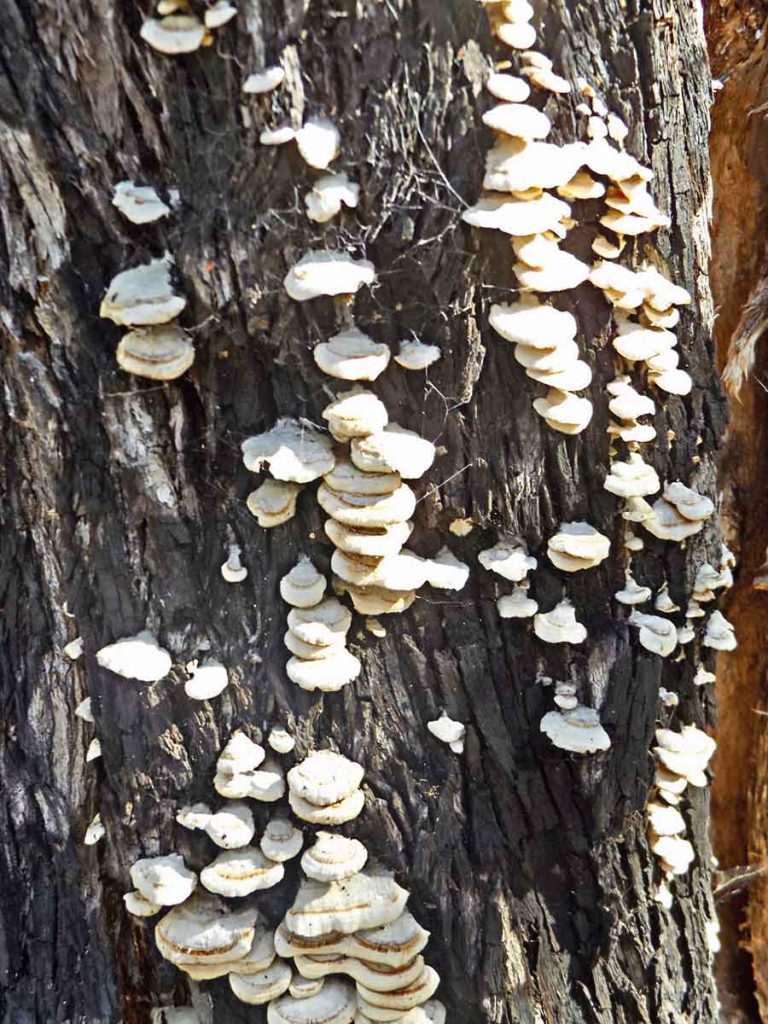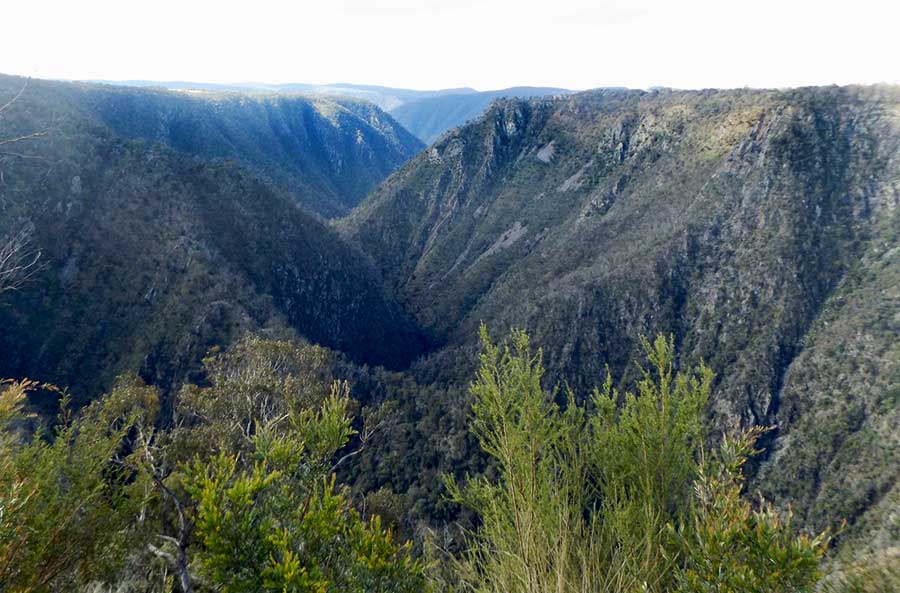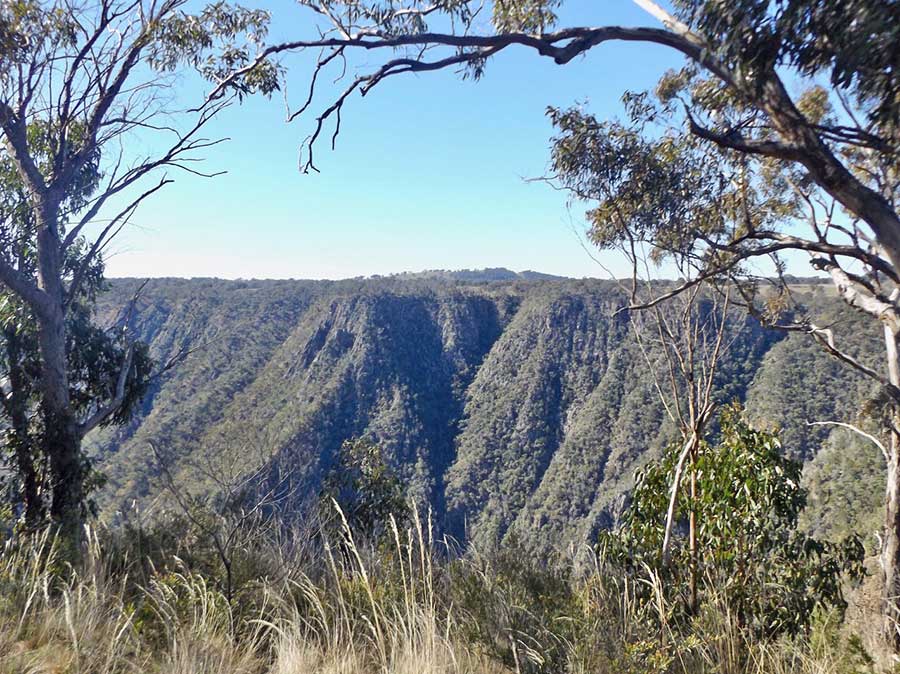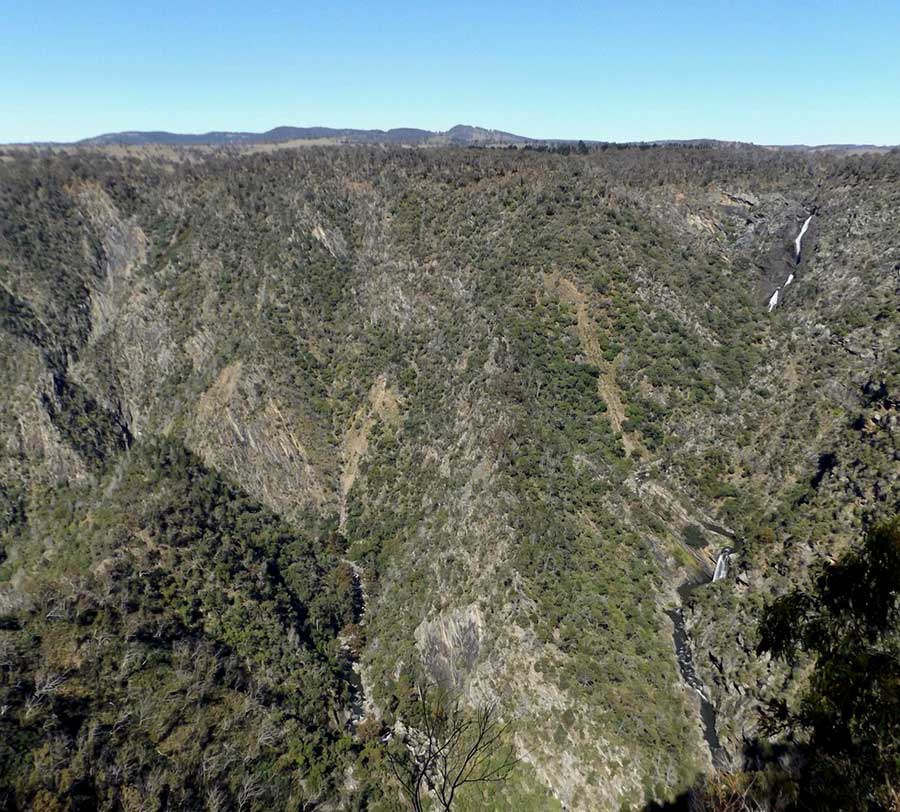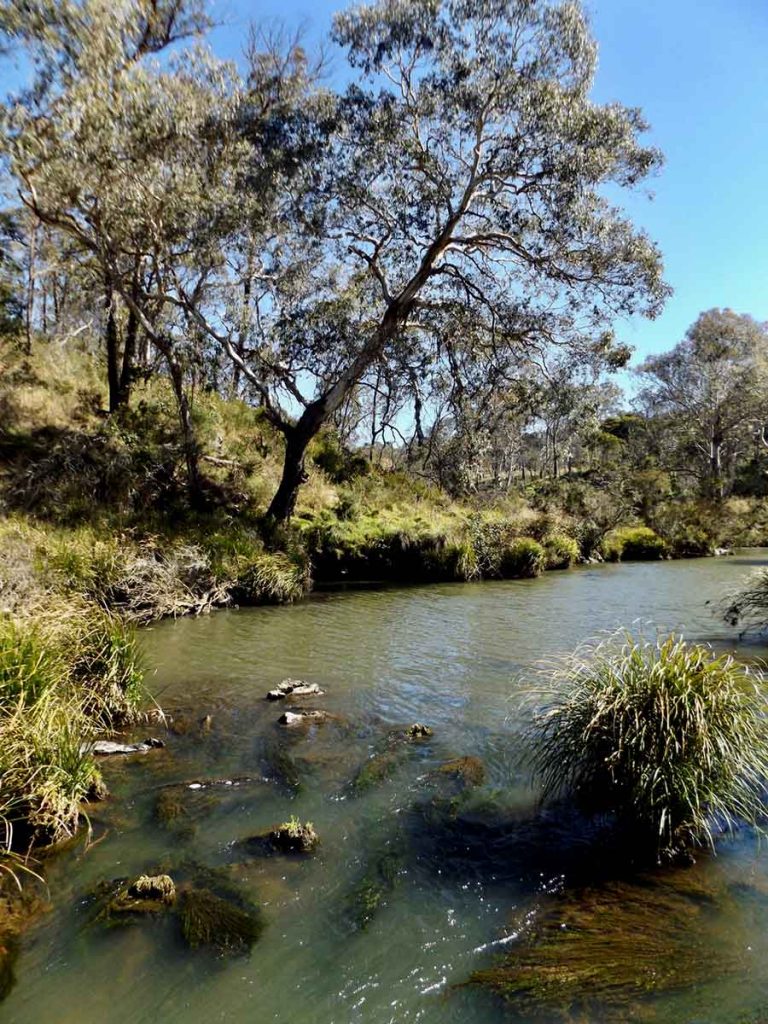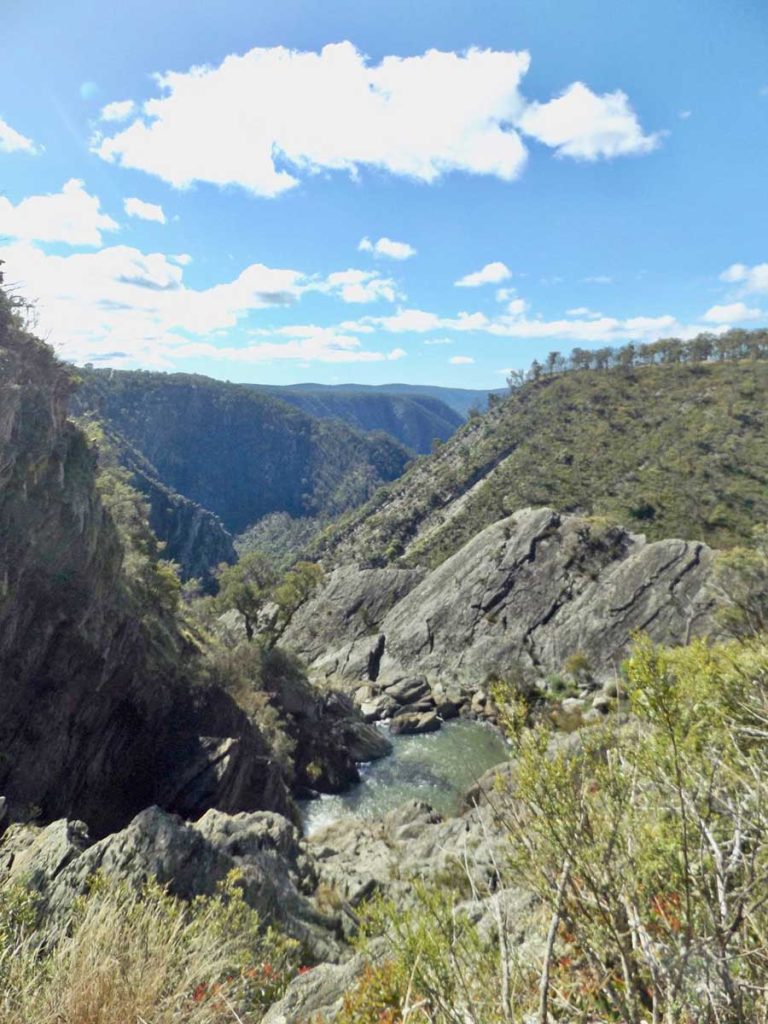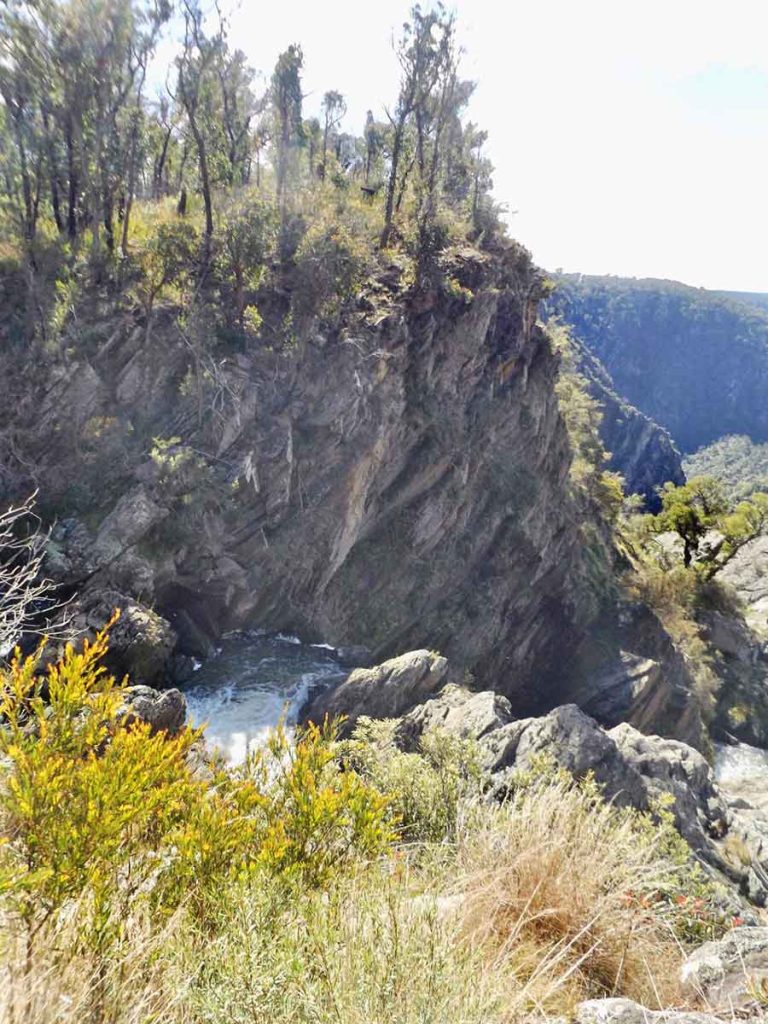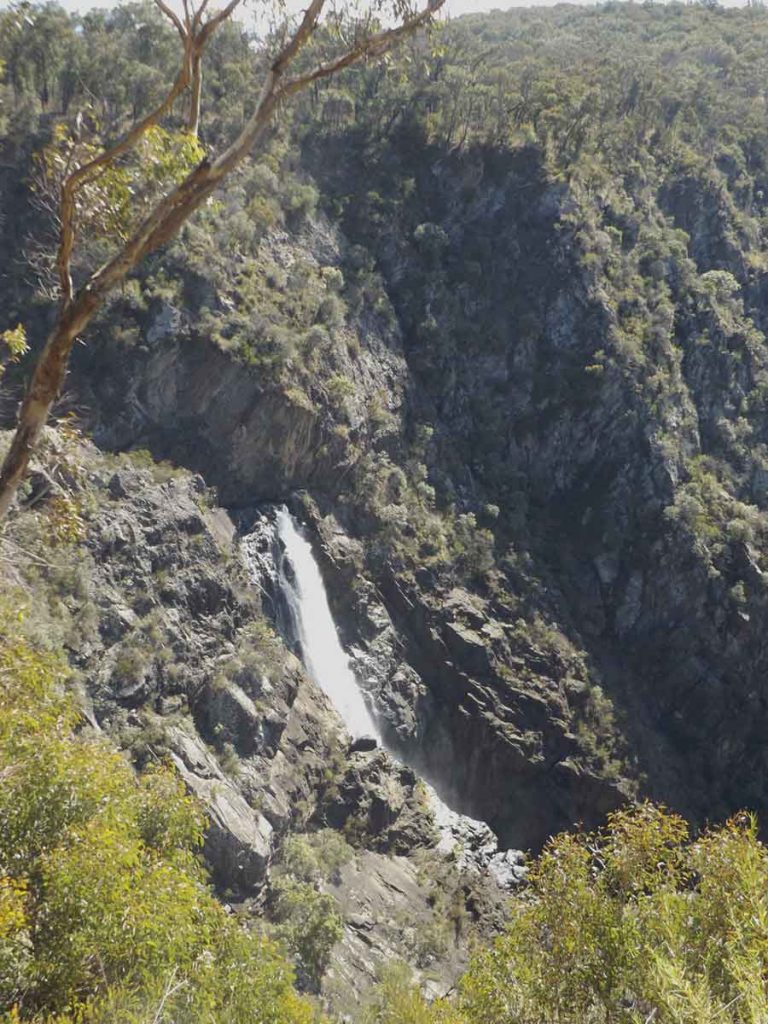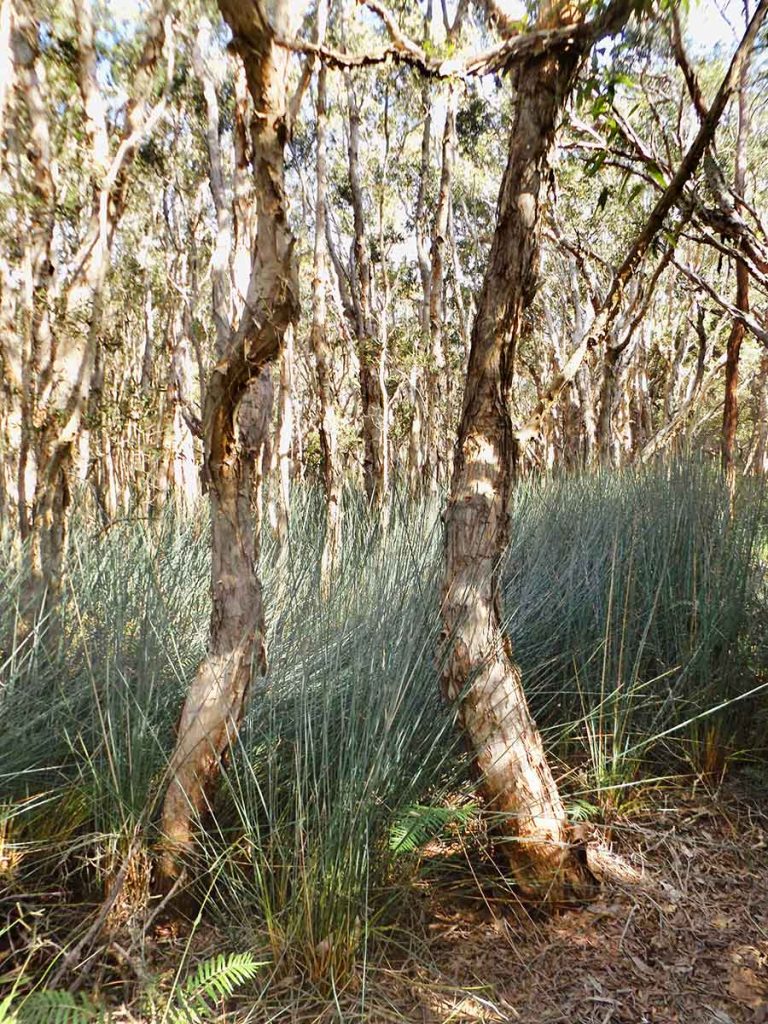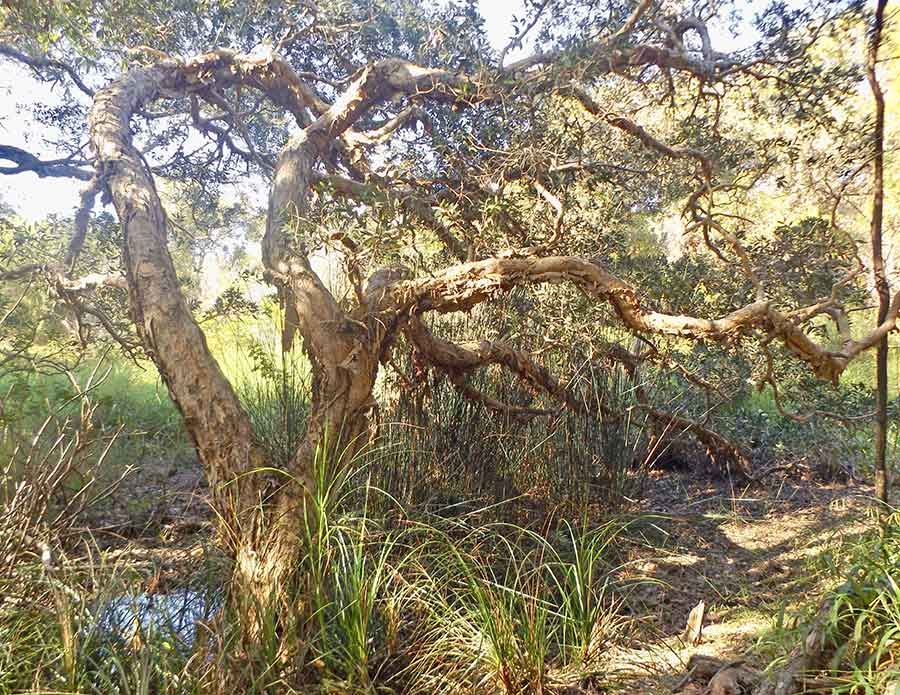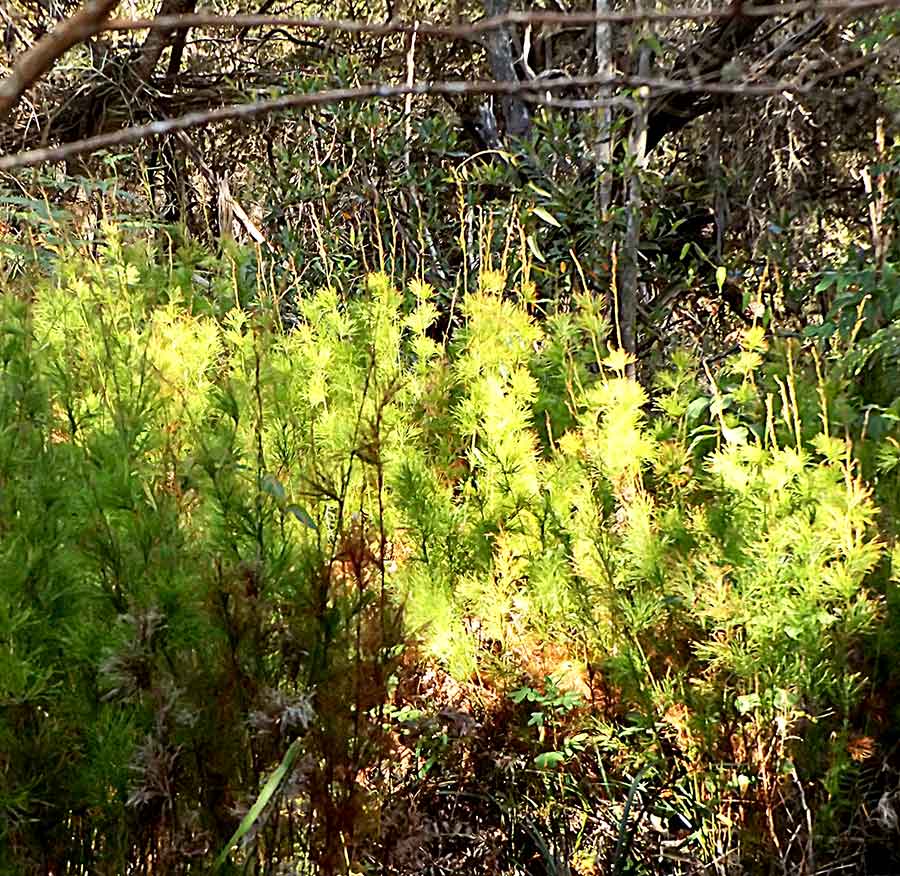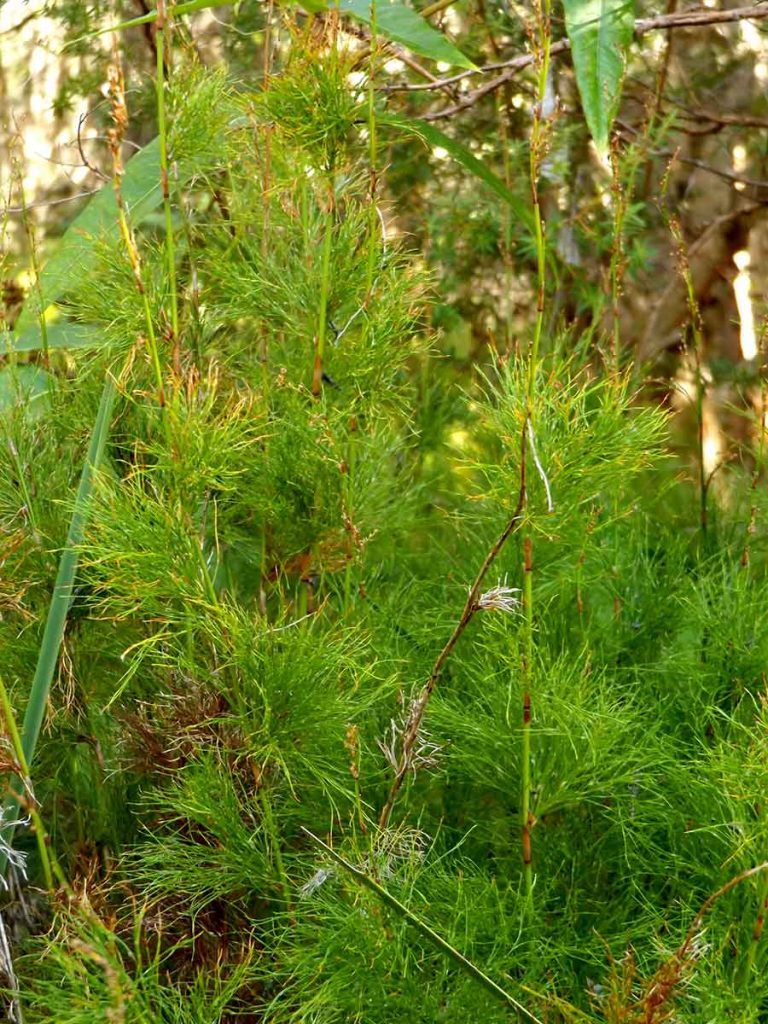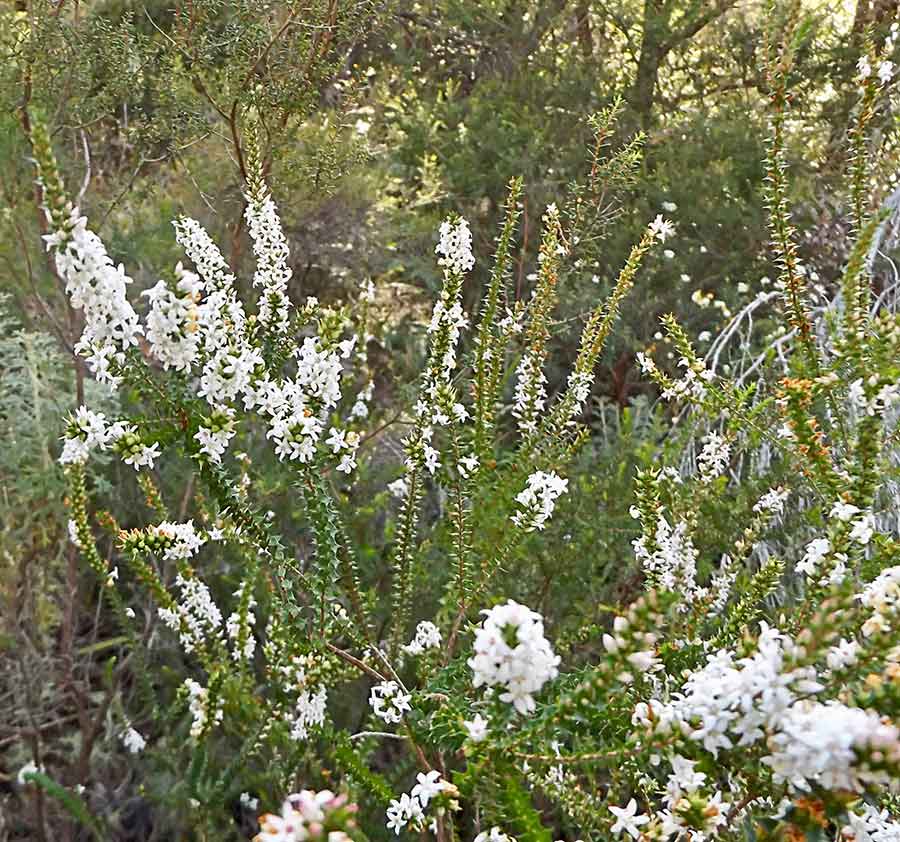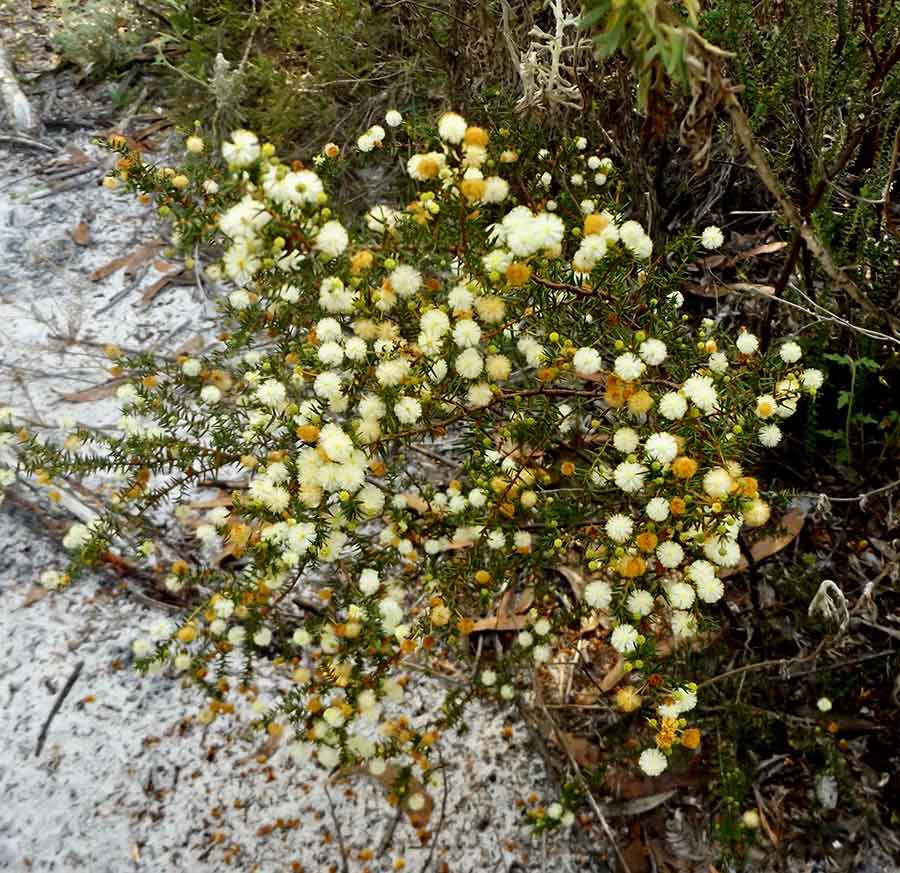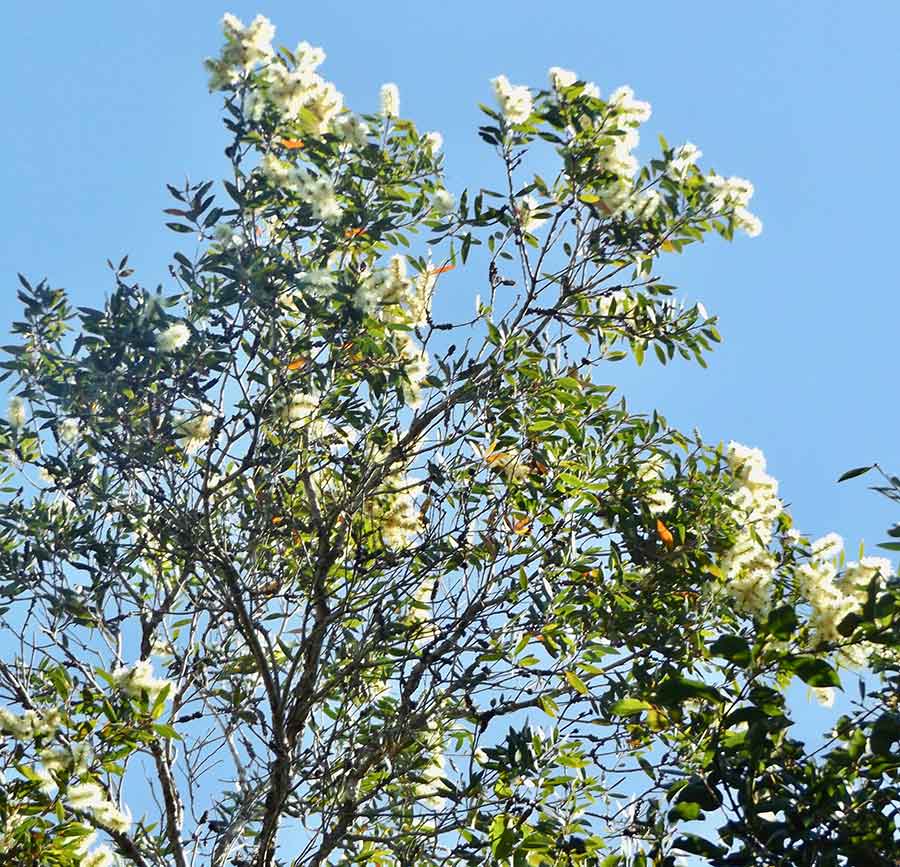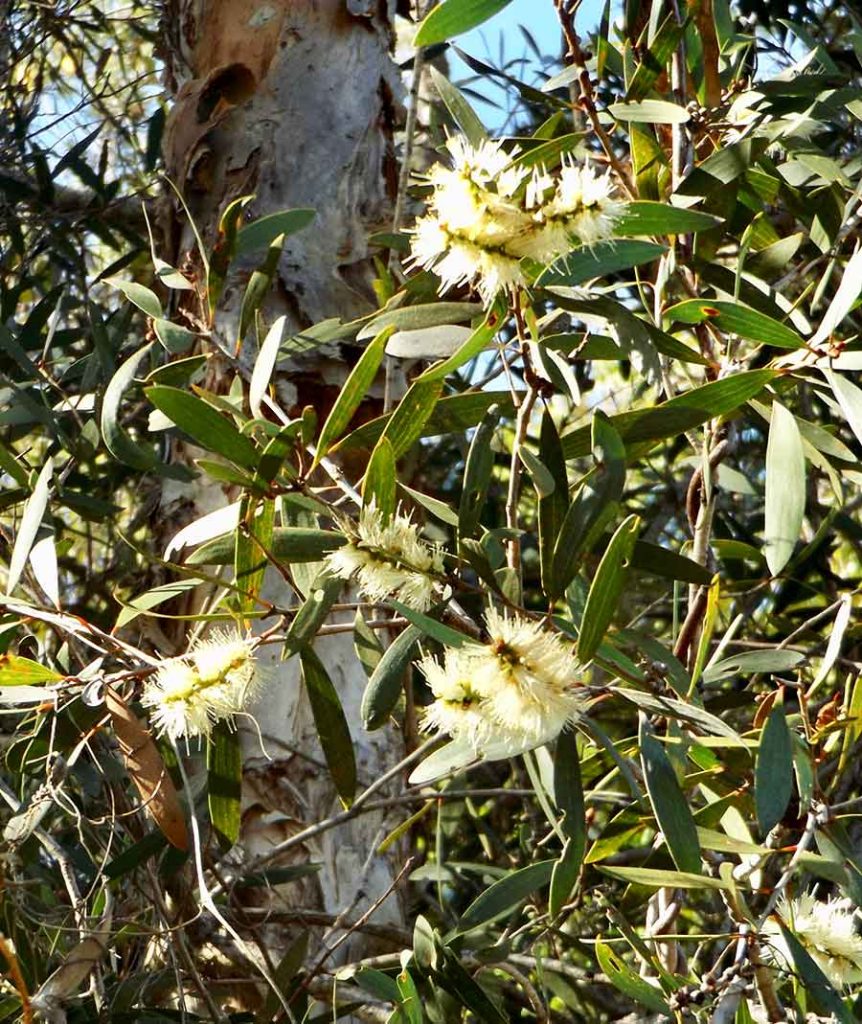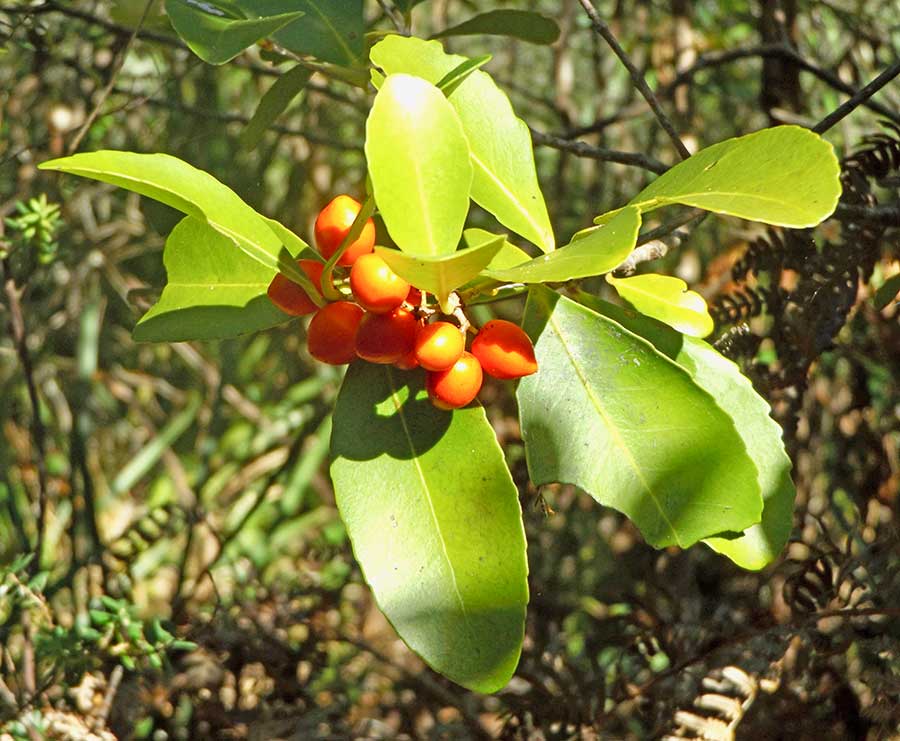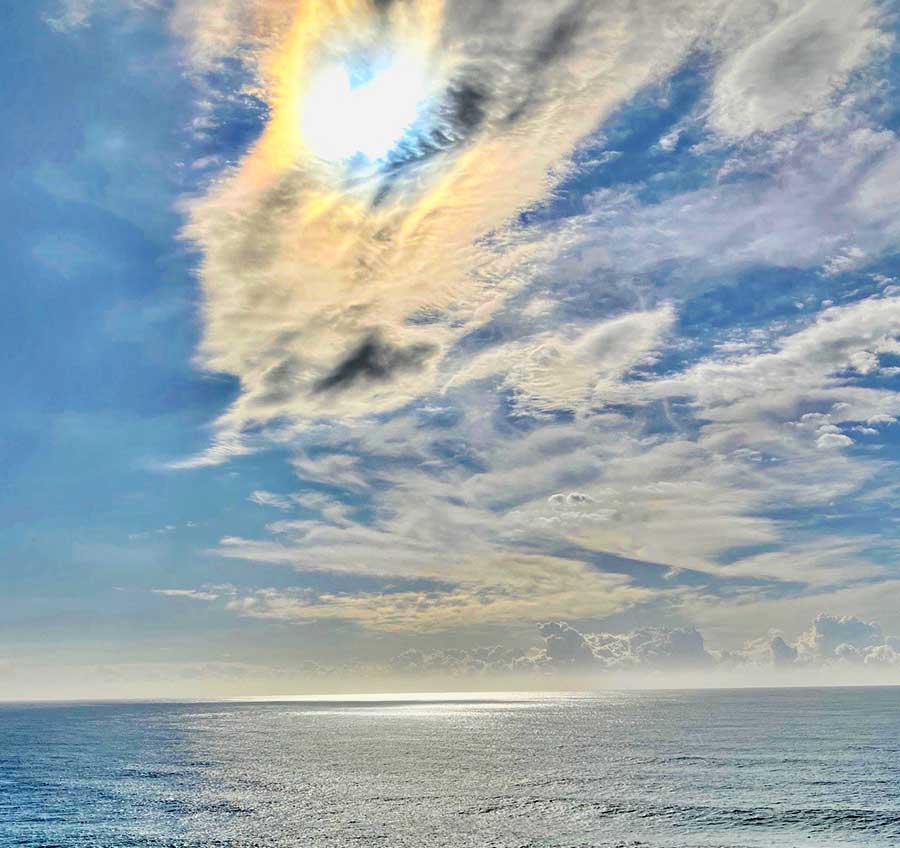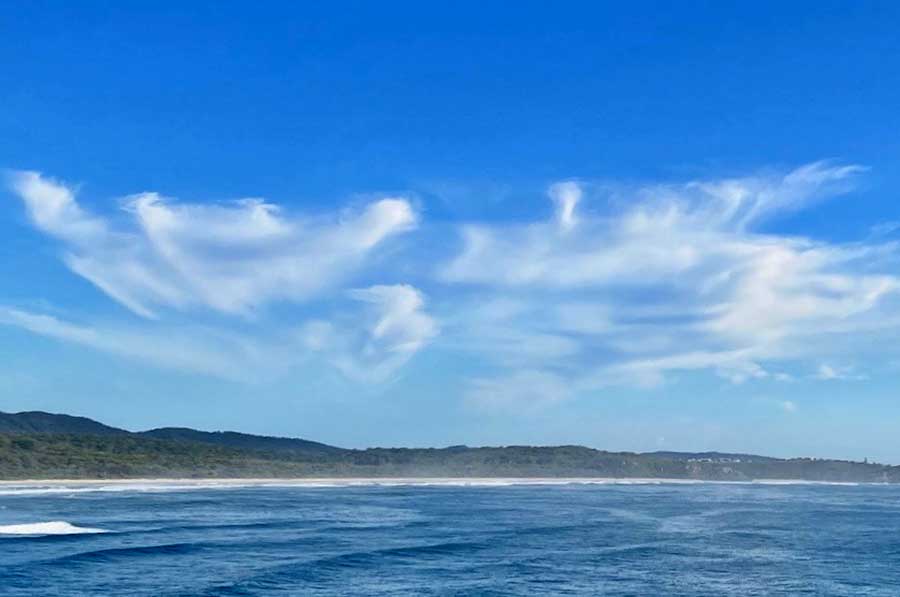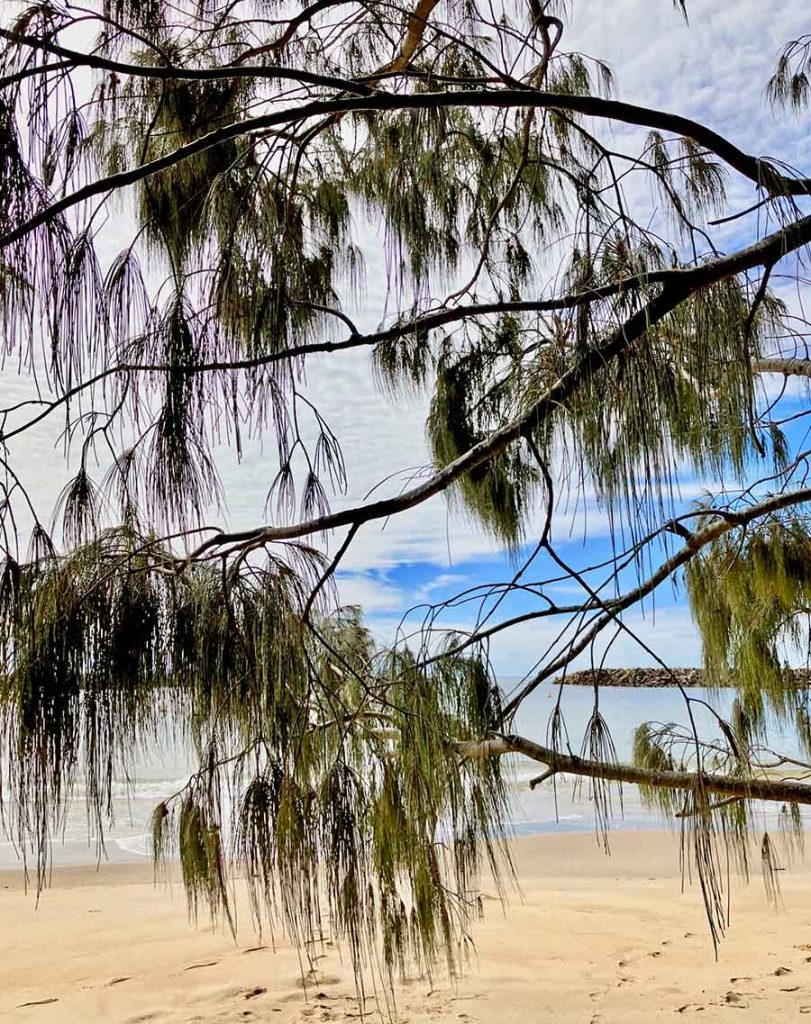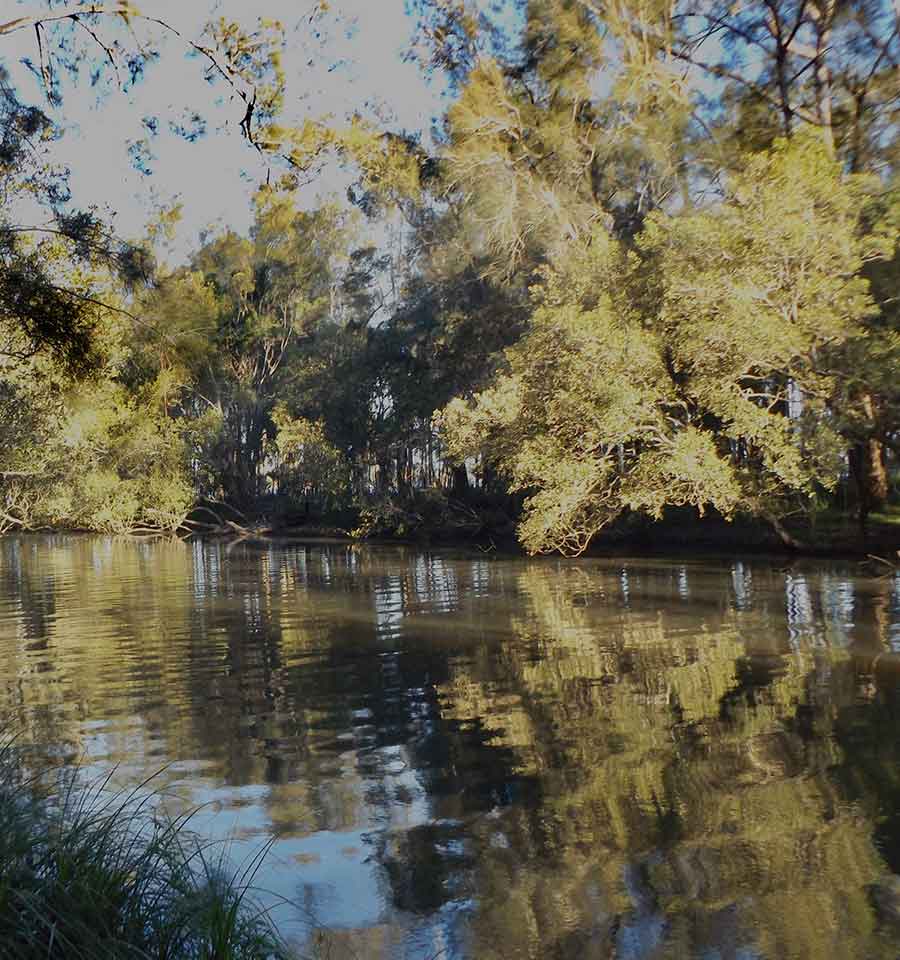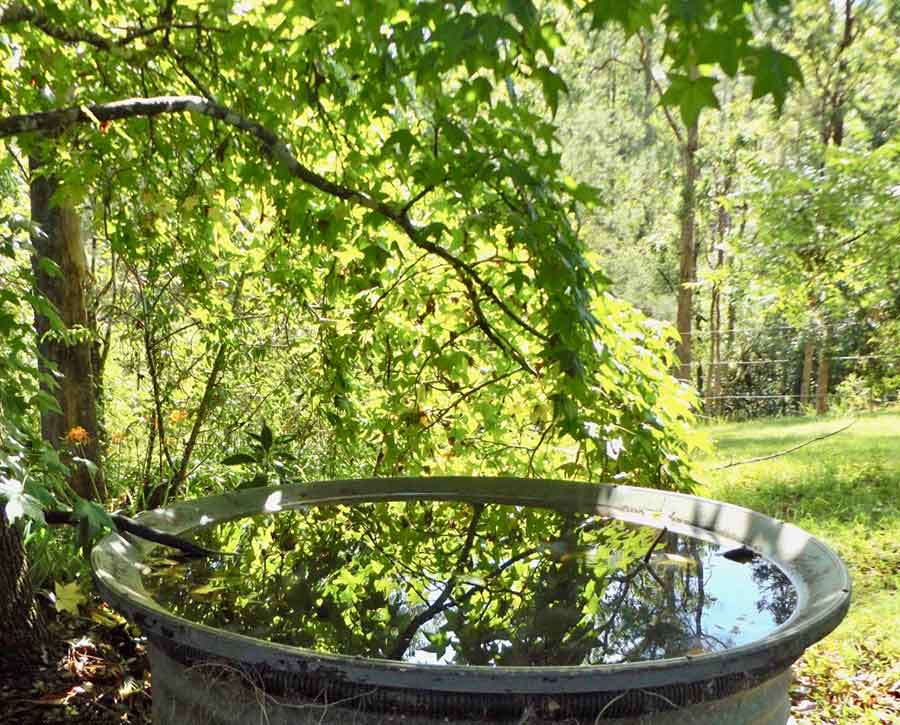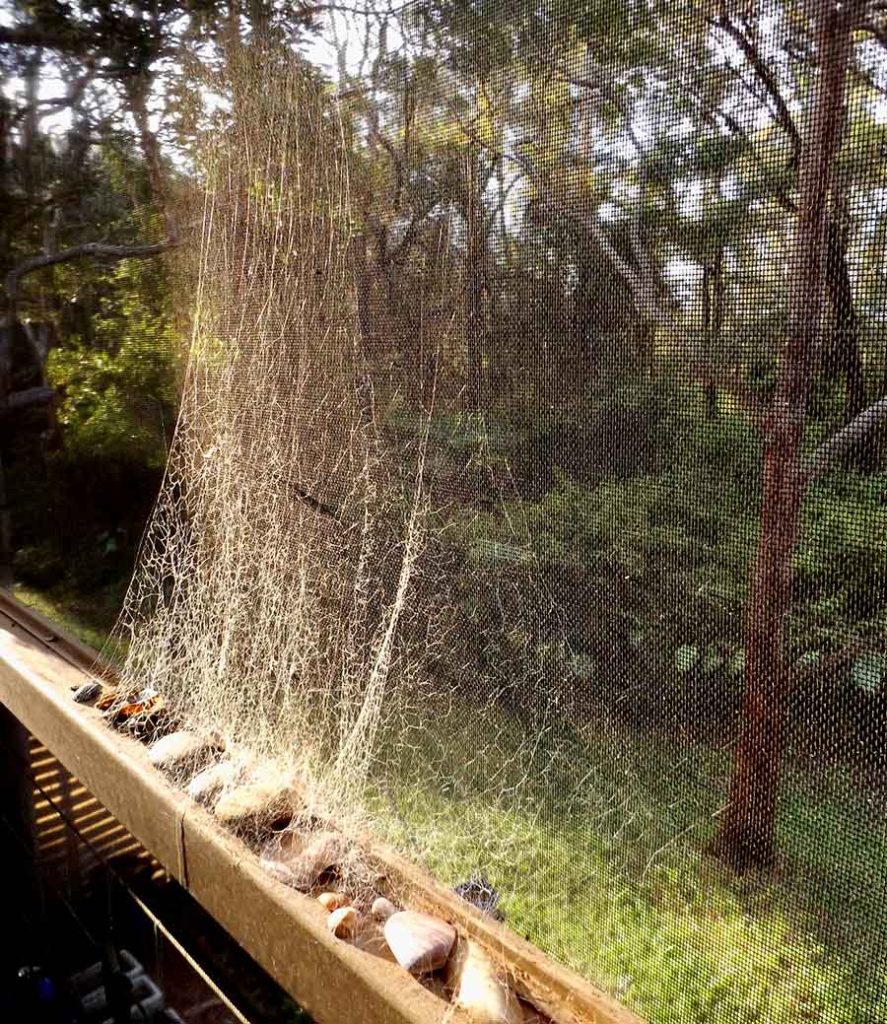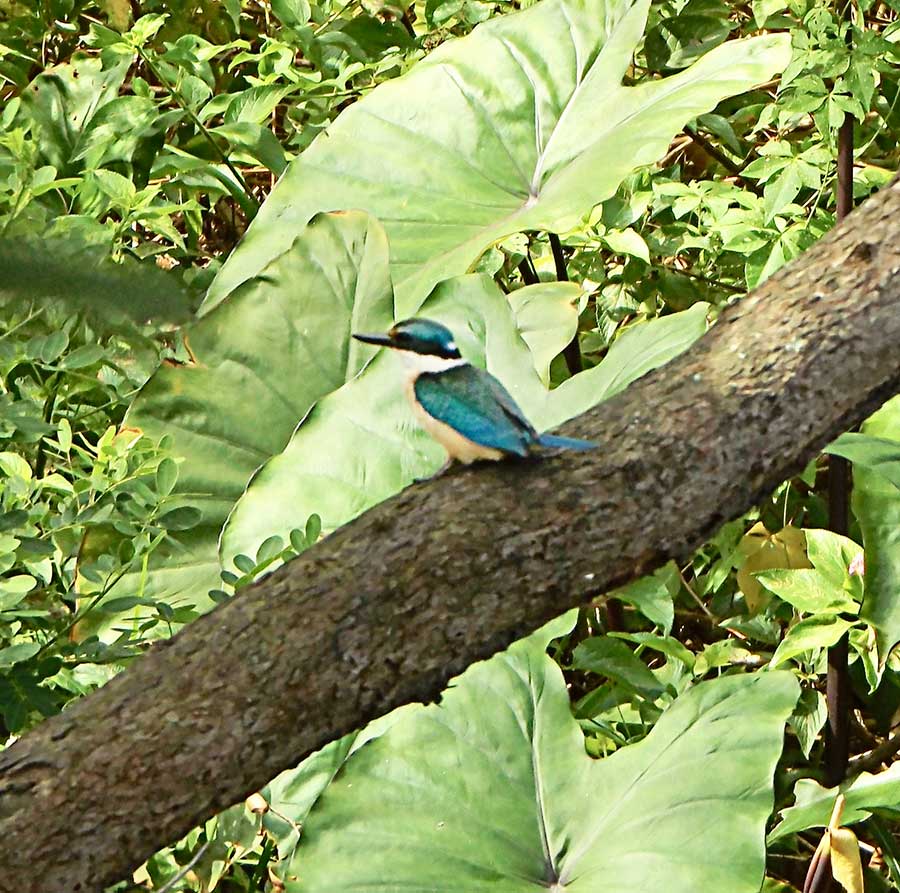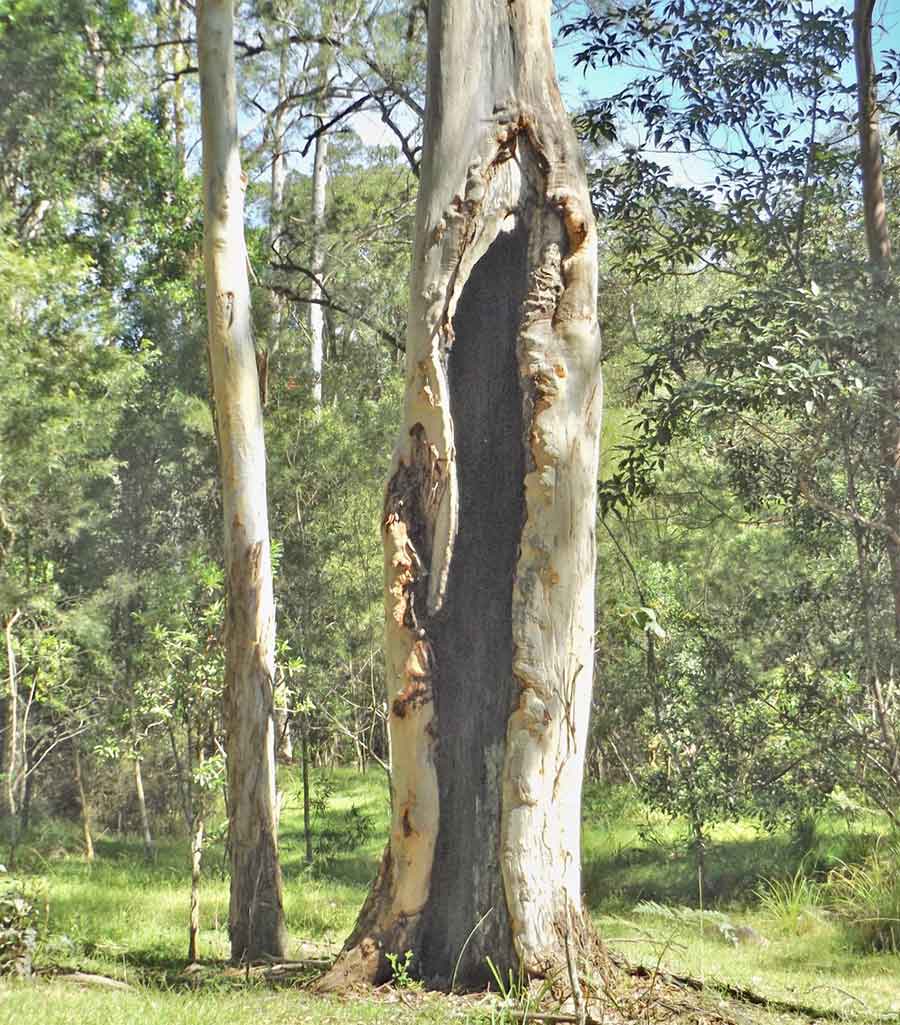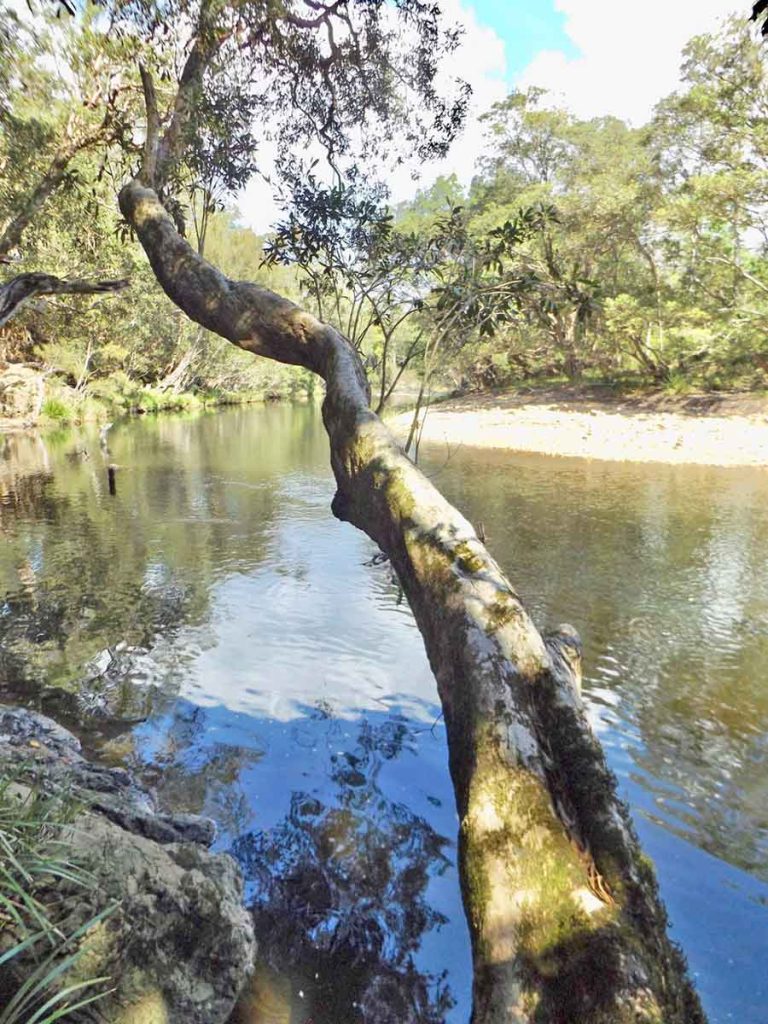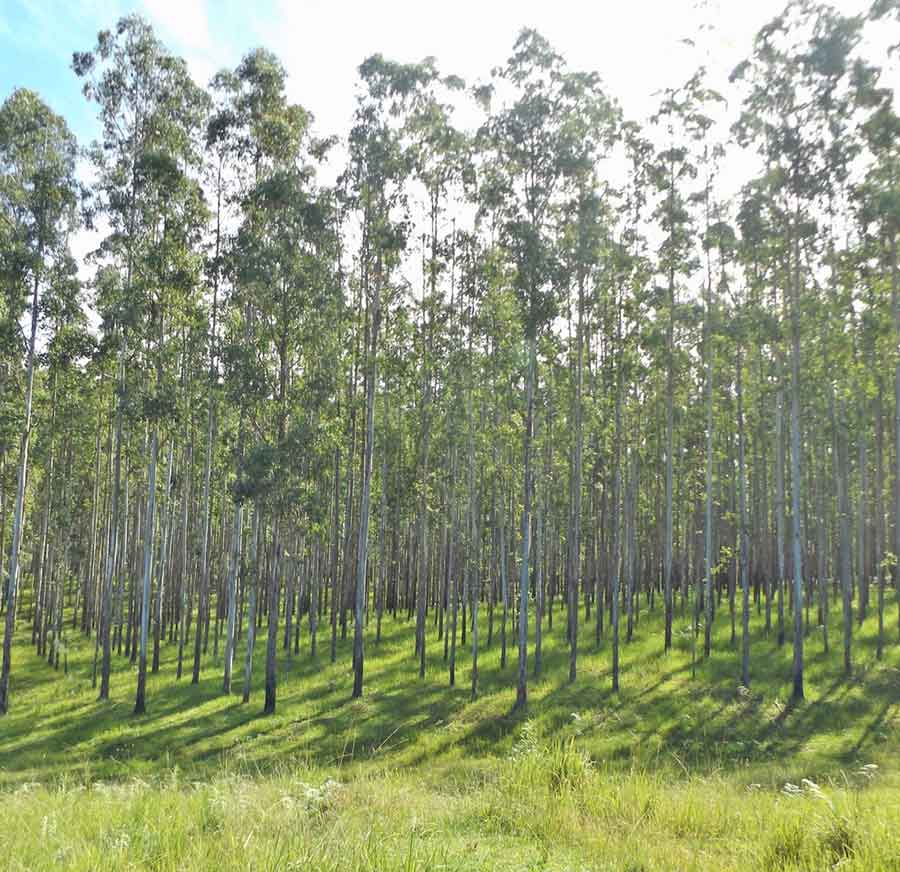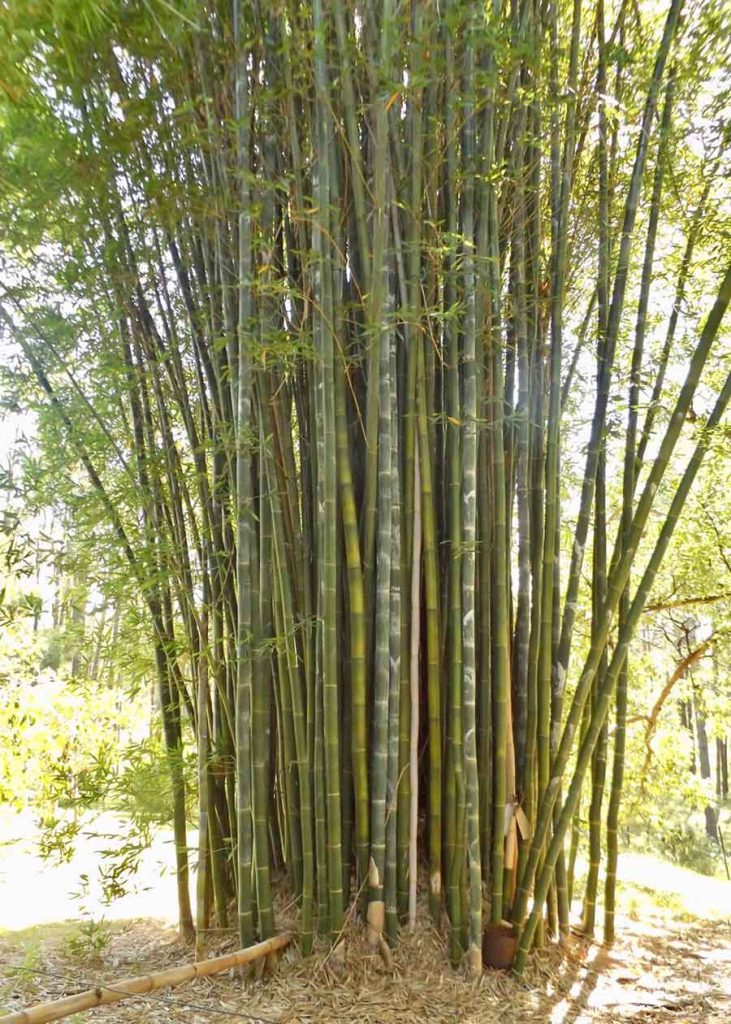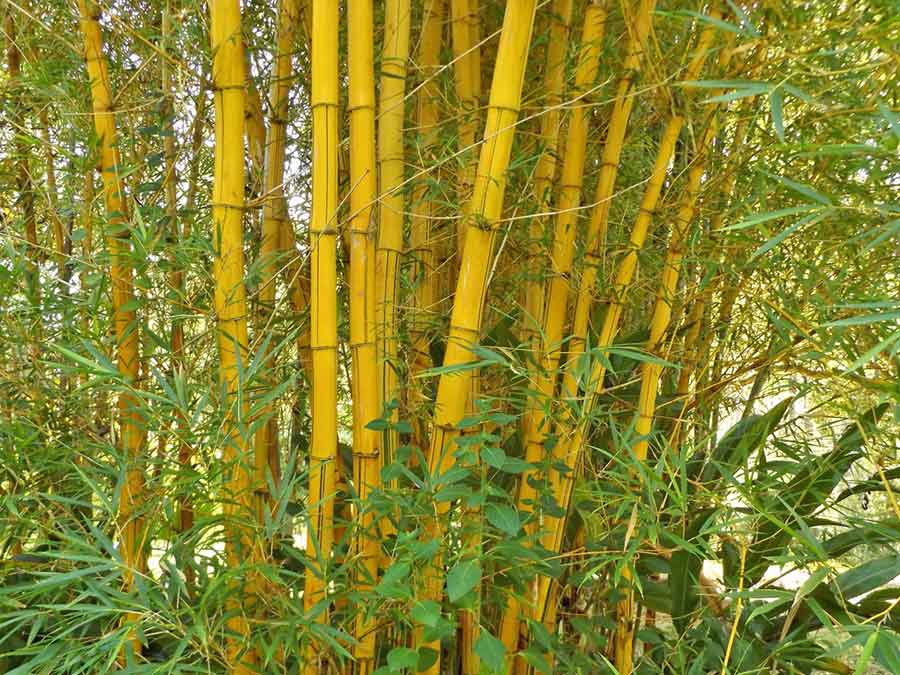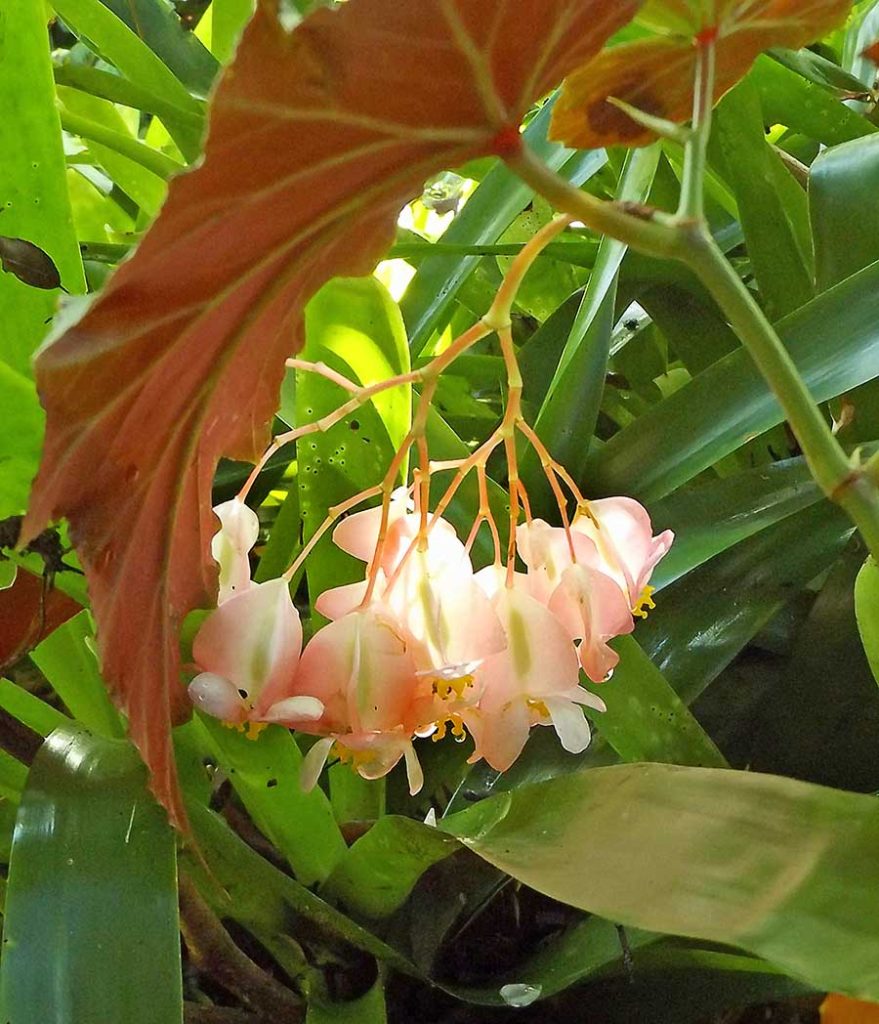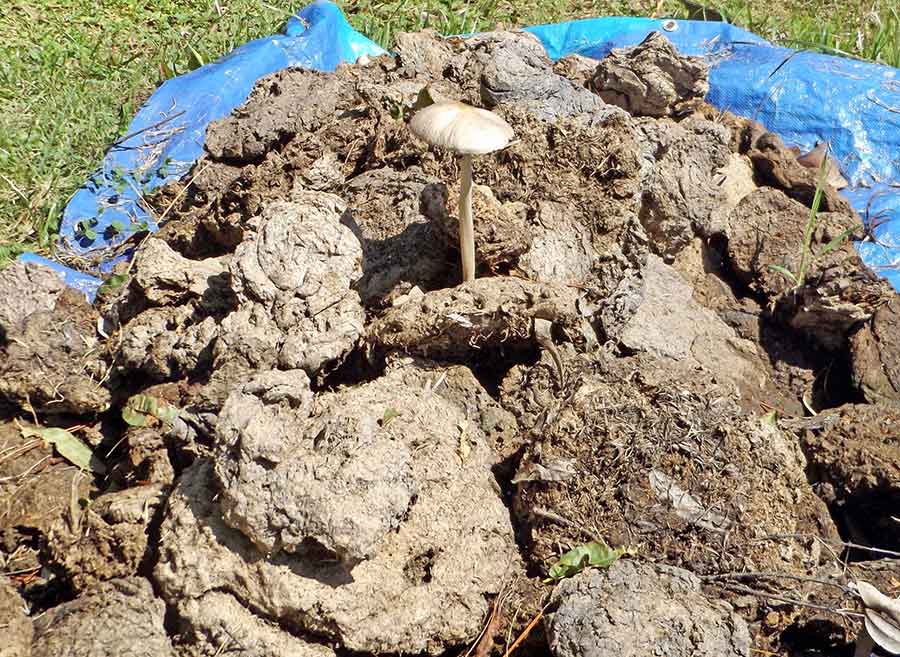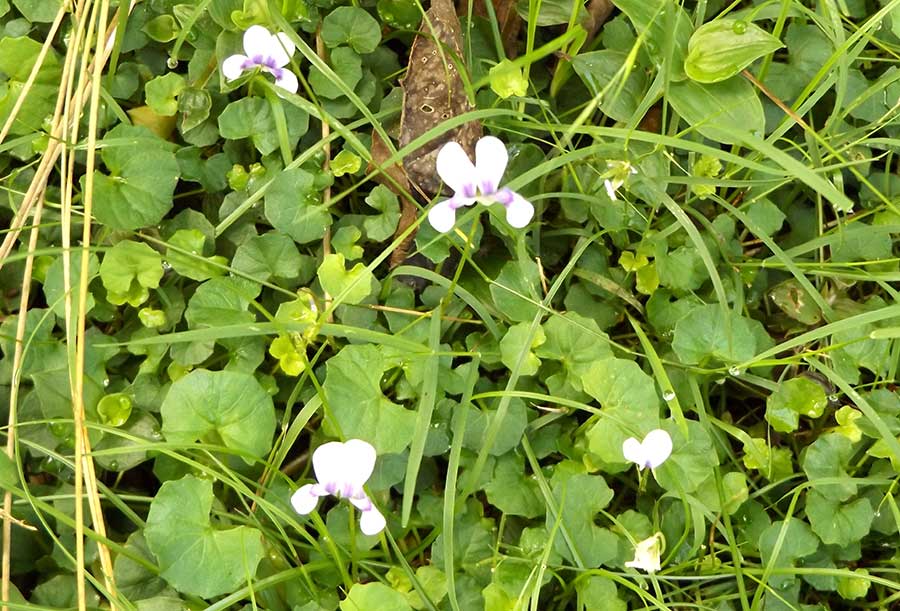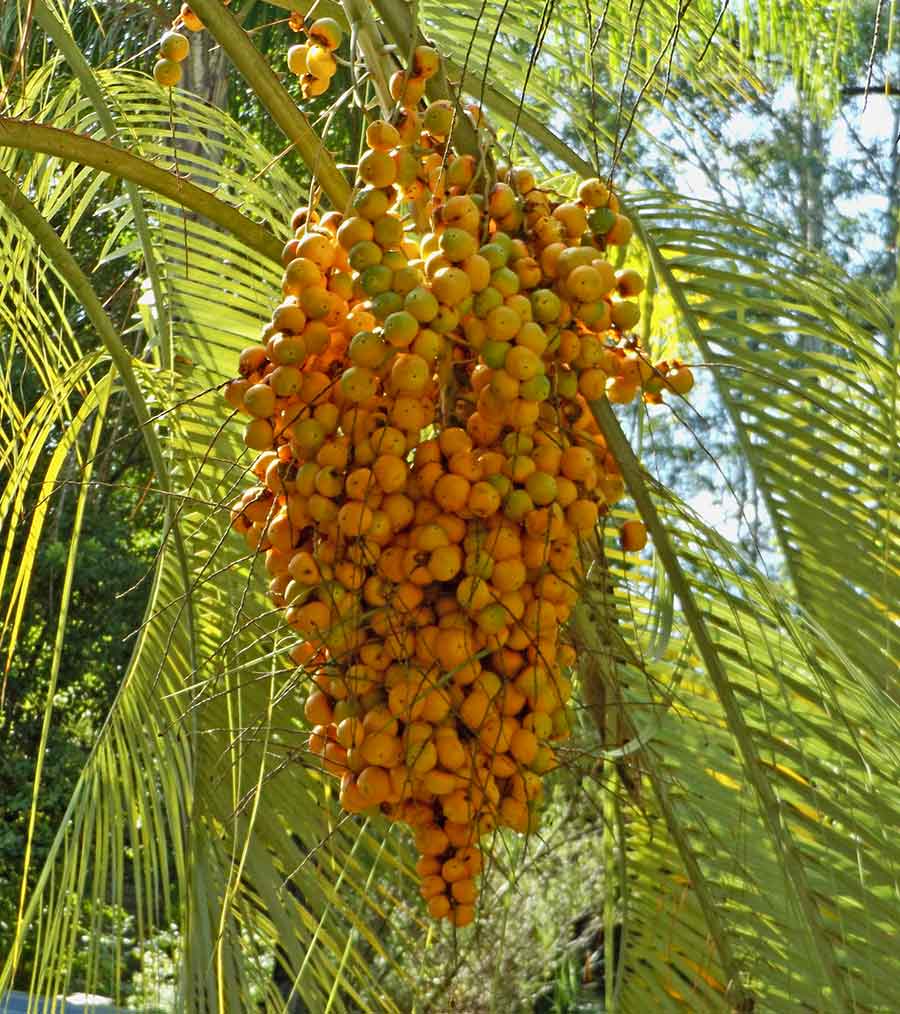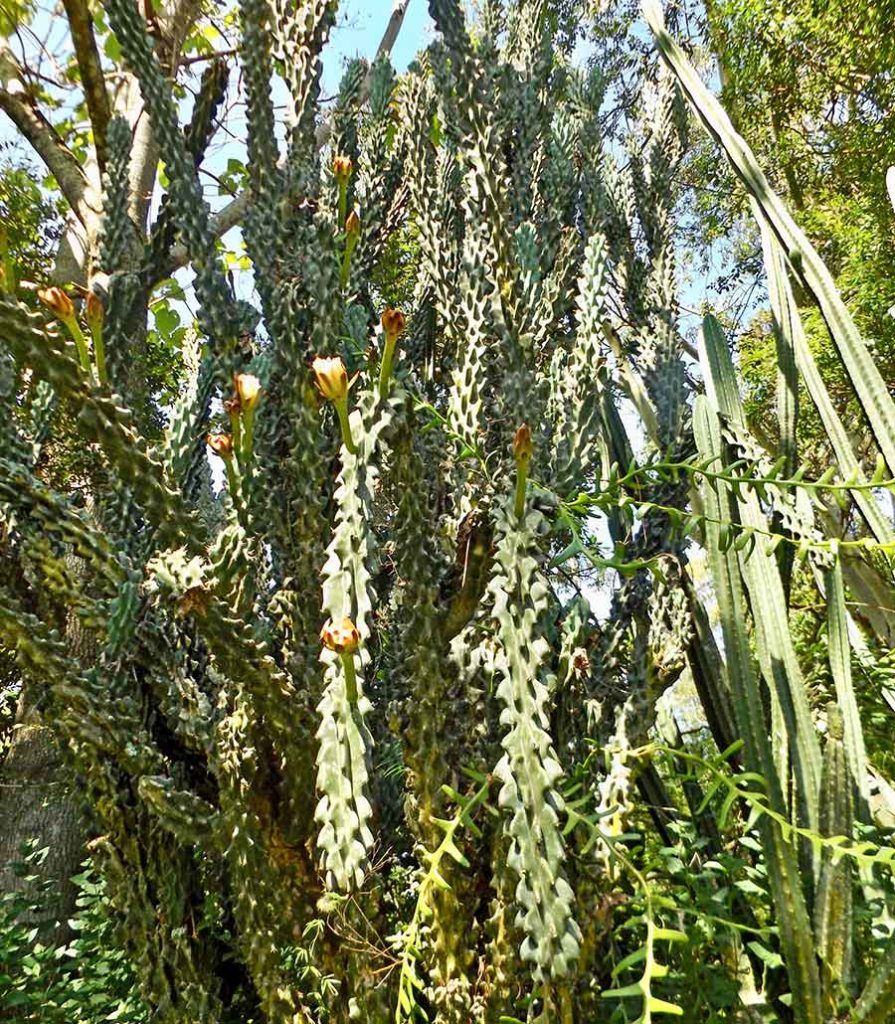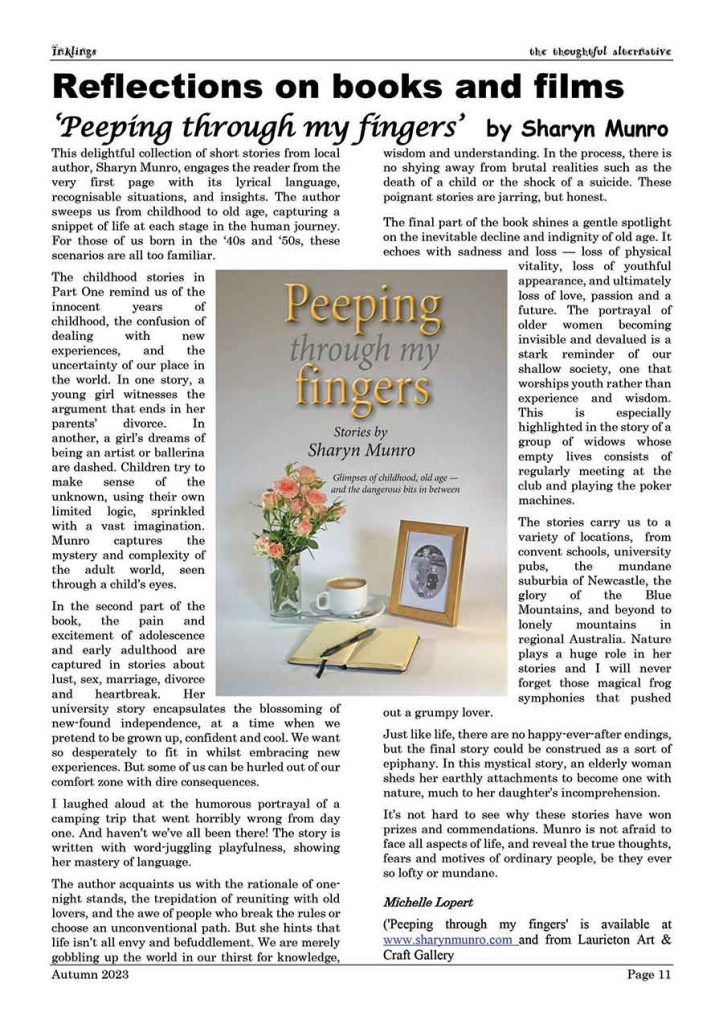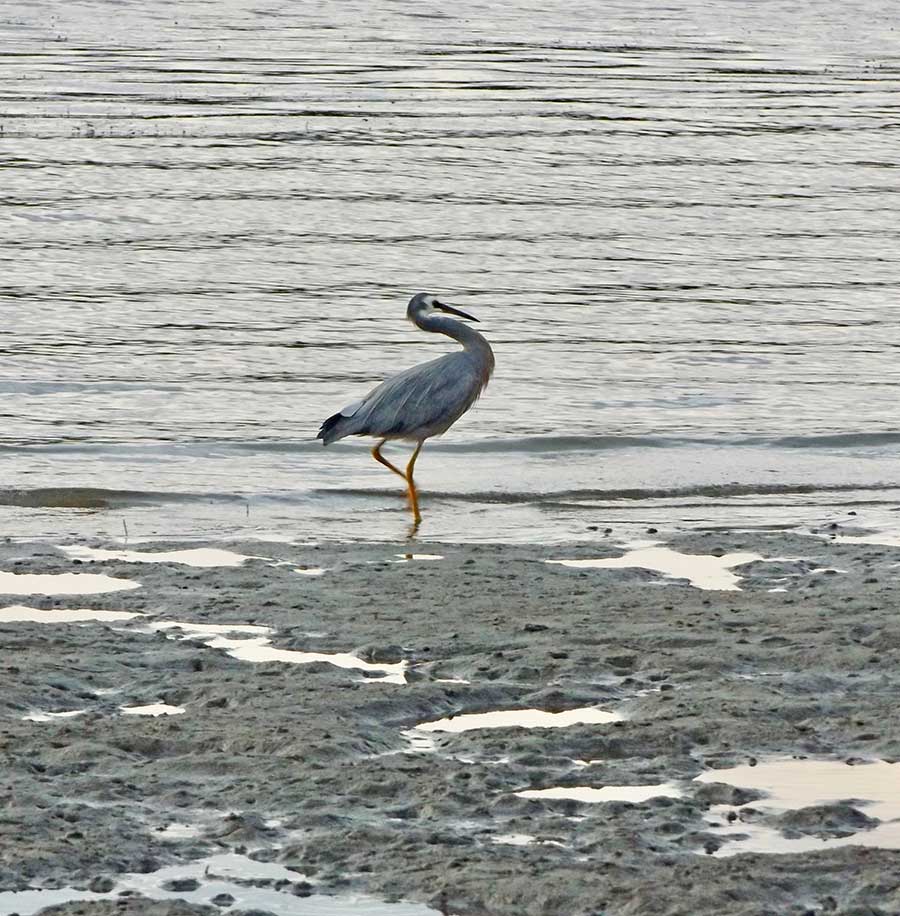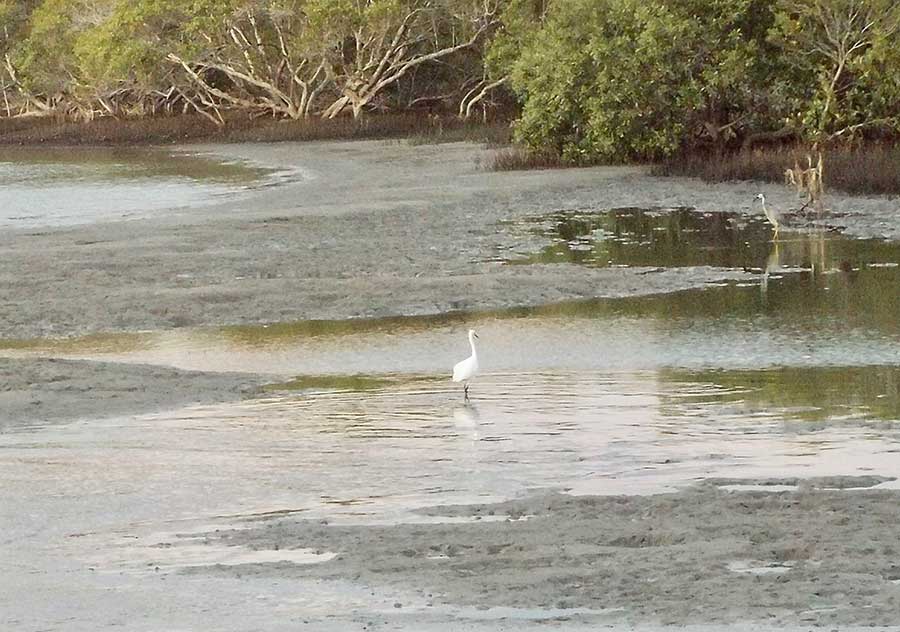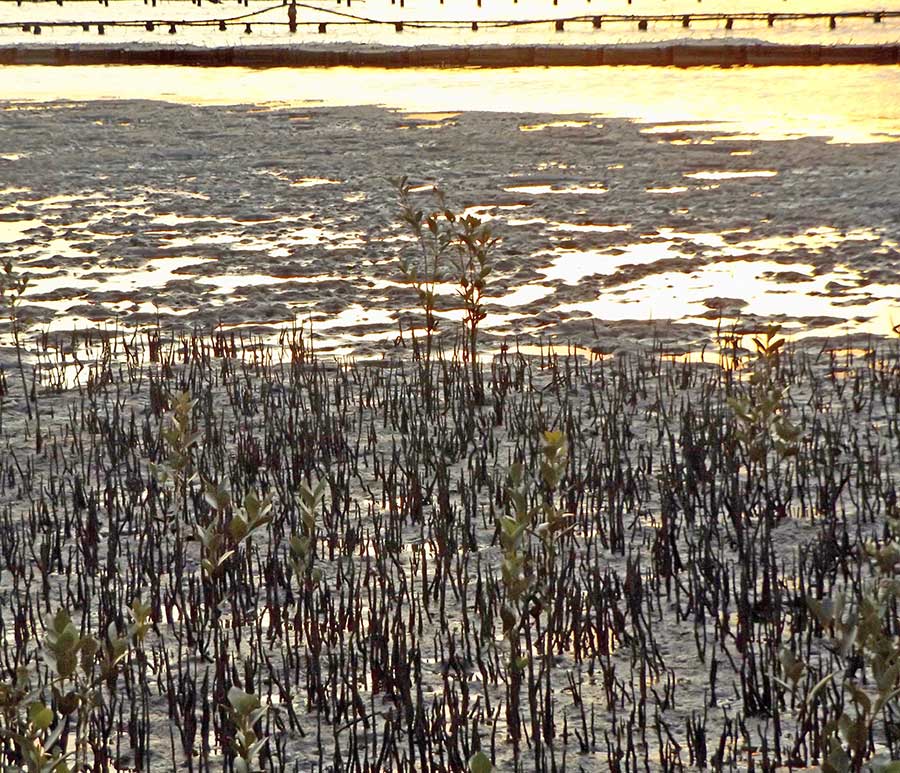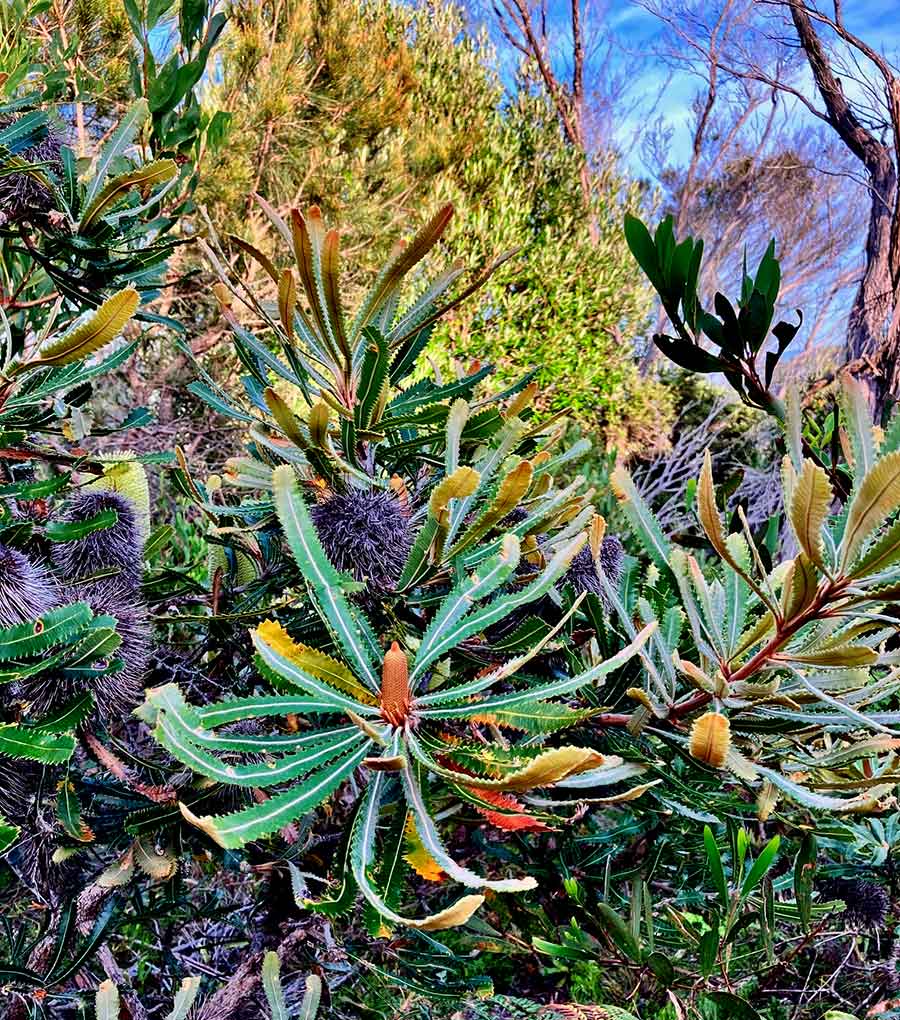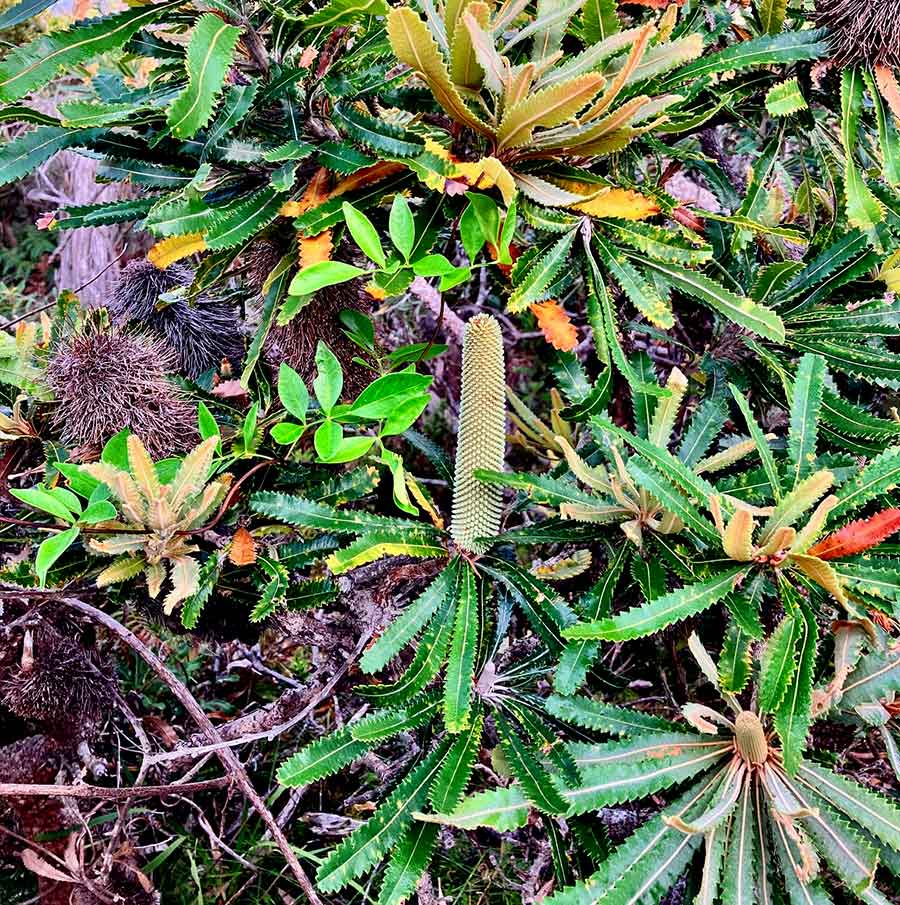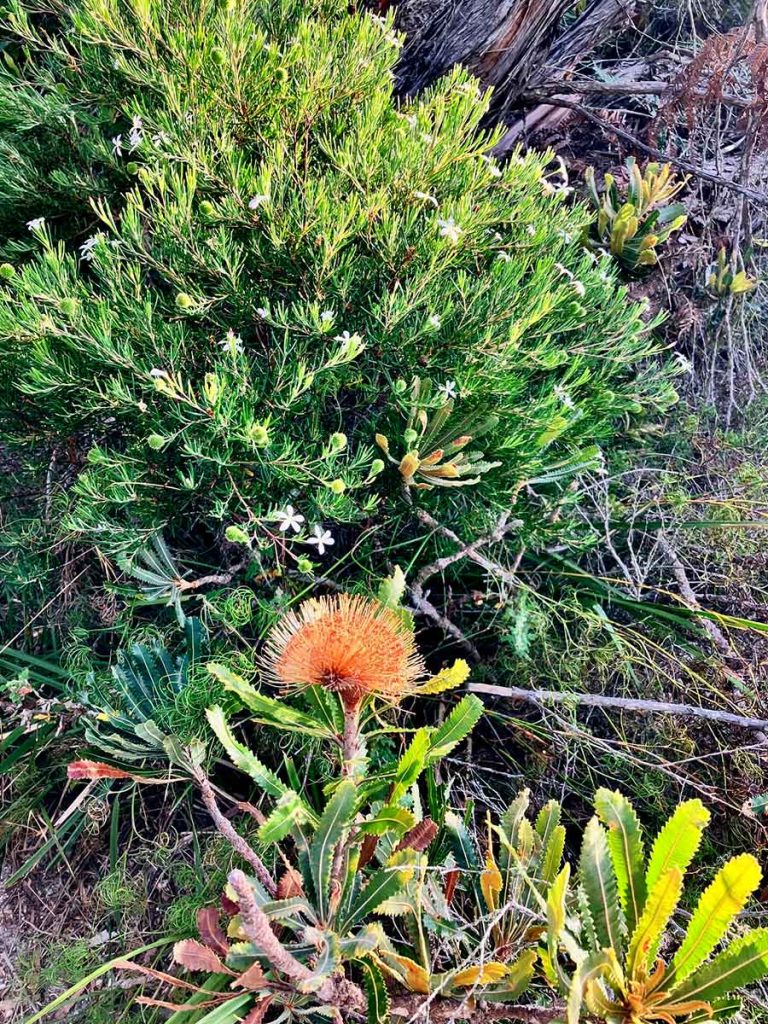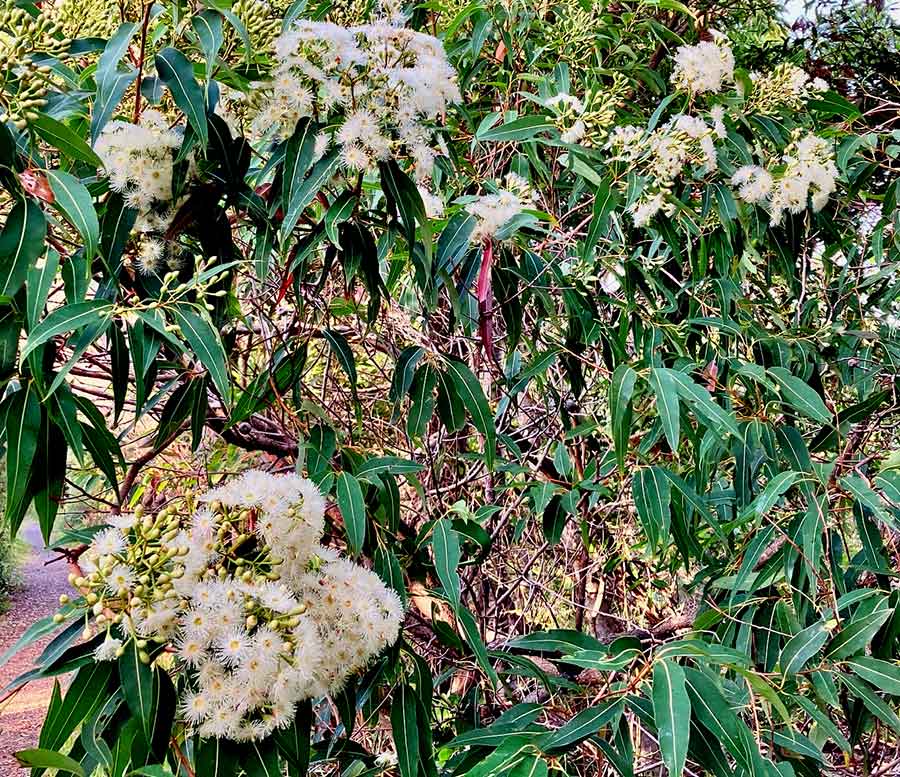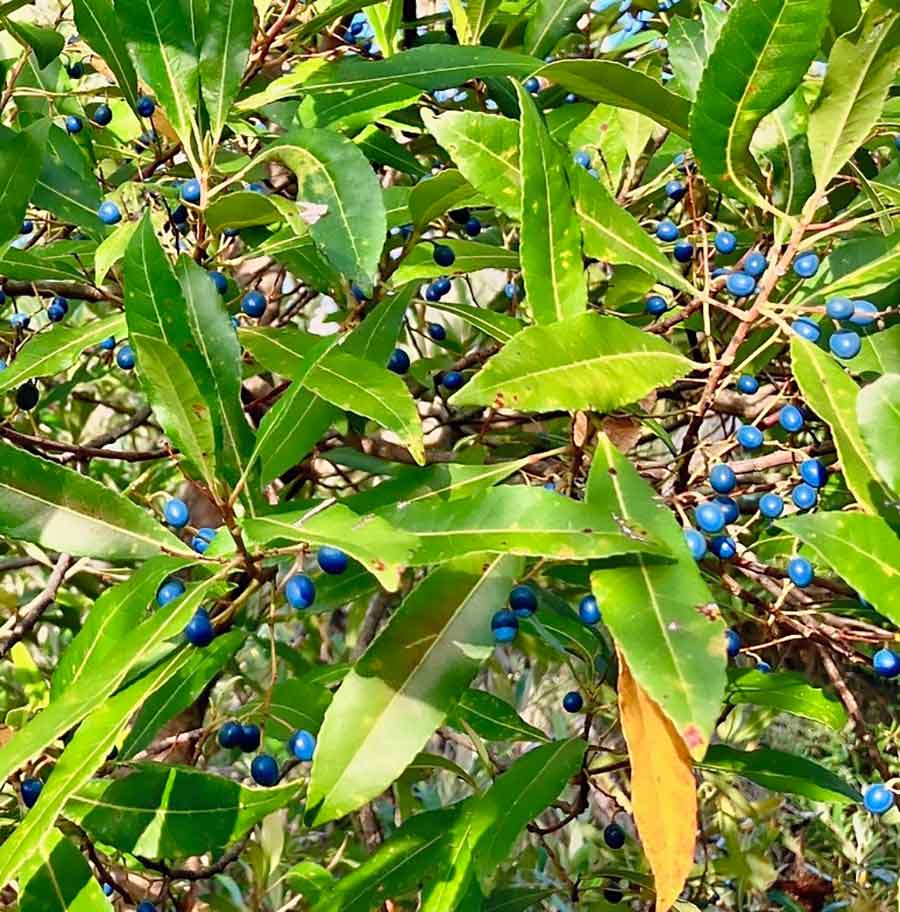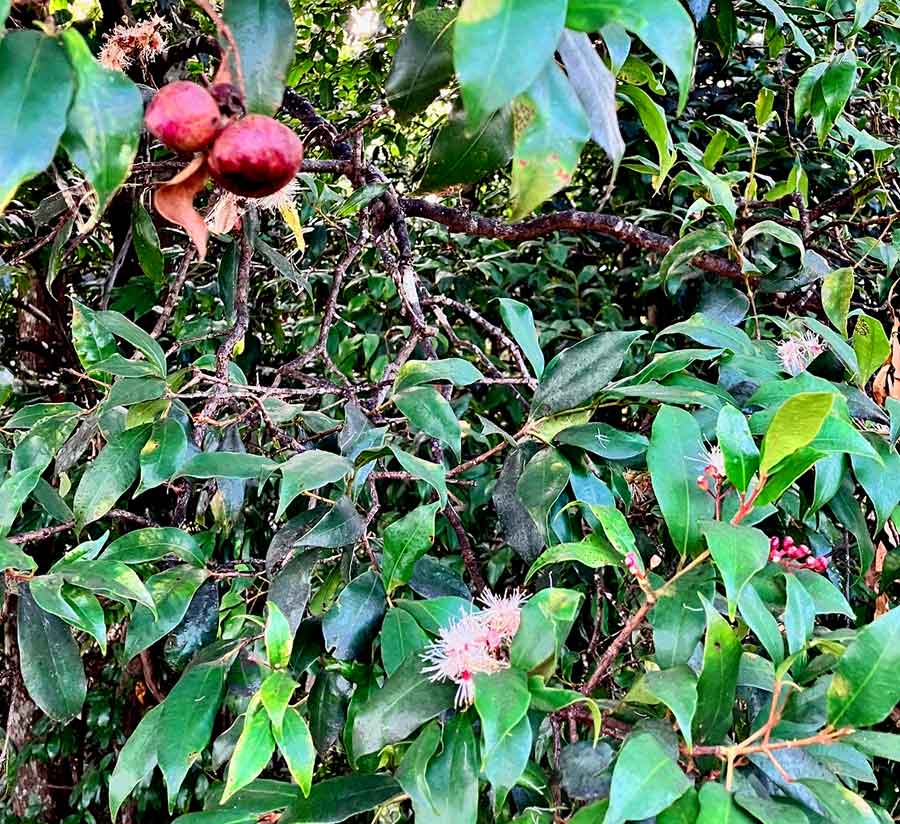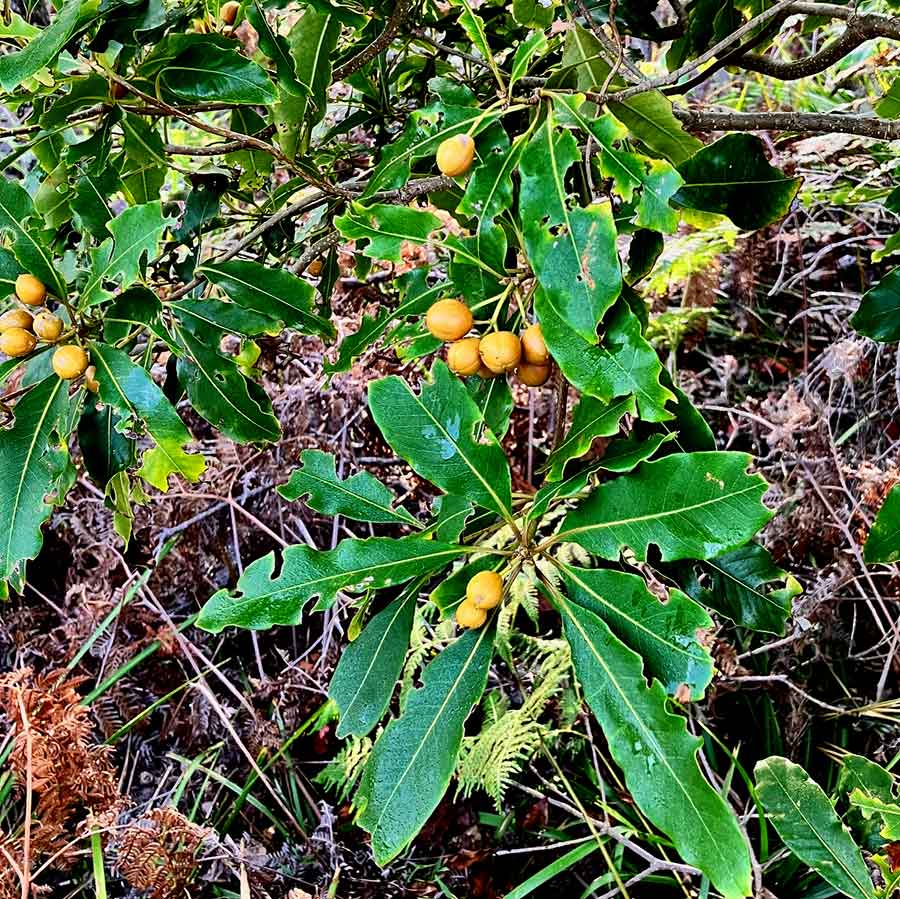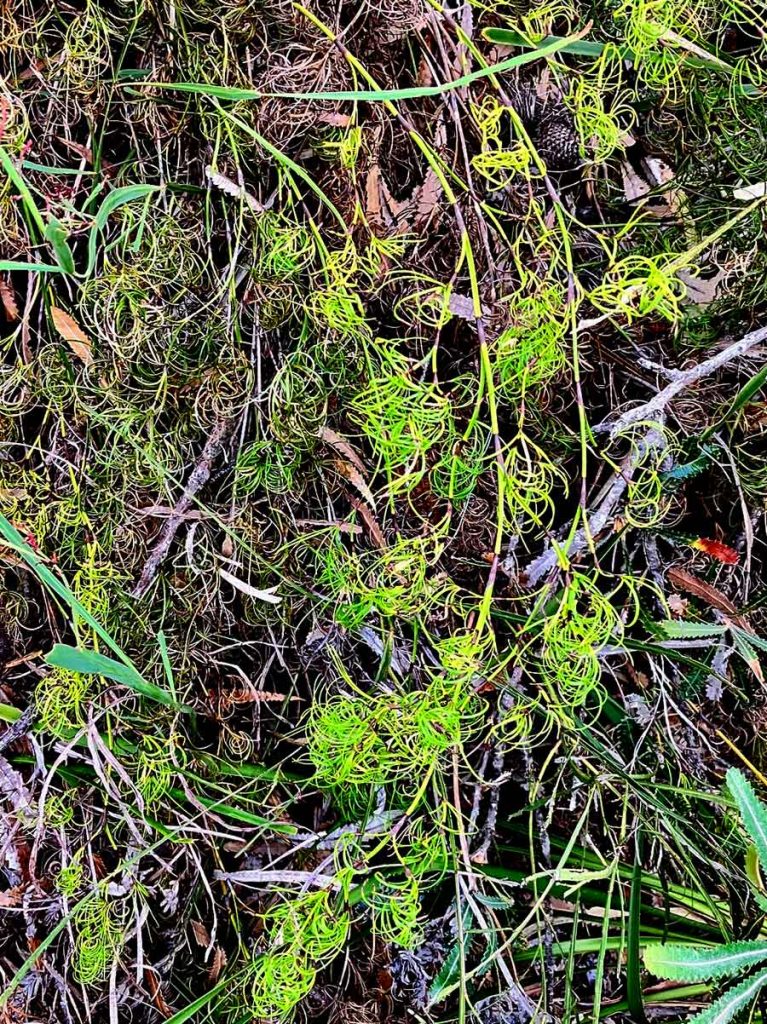A lovely review of ‘Peeping’ by Michelle Lopert, in the Autumn issue of our great local ideas magazine, ‘Inklings – the thoughtful alternative’. Email to subscribe to digital issues.
This delightful collection of short stories from local author, Sharyn Munro, engages the reader from the very first page with its lyrical language, recognisable situations, and insights. The author sweeps us from childhood to old age, capturing a snippet of life at each stage in the human journey. For those of us born in the ‘40s and ‘50s, these scenarios are all too familiar.
The childhood stories in Part One remind us of the innocent years of childhood, the confusion of dealing with new experiences, and the uncertainty of our place in the world. In one story, a young girl witnesses the argument that ends in her parents’ divorce. In another, a girl’s dreams of being an artist or ballerina are dashed. Children try to make sense of the unknown, using their own limited logic, sprinkled with a vast imagination. Munro captures the mystery and complexity of the adult world, seen through a child’s eyes.
In the second part of the book, the pain and excitement of adolescence and early adulthood are captured in stories about lust, sex, marriage, divorce and heartbreak. Her university story encapsulates the blossoming of new-found independence, at a time when we pretend to be grown up, confident and cool. We want so desperately to fit in whilst embracing new experiences. But some of us can be hurled out of our comfort zone with dire consequences.
I laughed aloud at the humorous portrayal of a camping trip that went horribly wrong from day one. And haven’t we’ve all been there! The story is written with word-juggling playfulness, showing her mastery of language.
The author acquaints us with the rationale of one- night stands, the trepidation of reuniting with old lovers, and the awe of people who break the rules or choose an unconventional path. But she hints that life isn’t all envy and befuddlement. We are merely gobbling up the world in our thirst for knowledge, wisdom and understanding. In the process, there is no shying away from brutal realities such as the death of a child or the shock of a suicide. These poignant stories are jarring, but honest.
The final part of the book shines a gentle spotlight on the inevitable decline and indignity of old age. It echoes with sadness and loss — loss of physical vitality, loss of youthful appearance, and ultimately loss of love, passion and a future. The portrayal of older women becoming invisible and devalued is a stark reminder of our shallow society, one that worships youth rather than experience and wisdom. This is especially highlighted in the story of a group of widows whose empty lives consists of regularly meeting at the club and playing the poker machines.
The stories carry us to a variety of locations, from convent schools, university pubs, the mundane suburbia of Newcastle, the glory of the Blue Mountains, and beyond to lonely mountains in regional Australia. Nature plays a huge role in her stories and I will never forget those magical frog symphonies that pushed out a grumpy lover.
Just like life, there are no happy-ever-after endings, but the final story could be construed as a sort of epiphany. In this mystical story, an elderly woman sheds her earthly attachments to become one with nature, much to her daughter’s incomprehension.
It’s not hard to see why these stories have won prizes and commendations. Munro is not afraid to face all aspects of life, and reveal the true thoughts, fears and motives of ordinary people, be they ever so lofty or mundane.
Michelle Lopert
